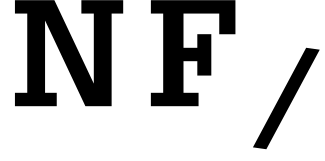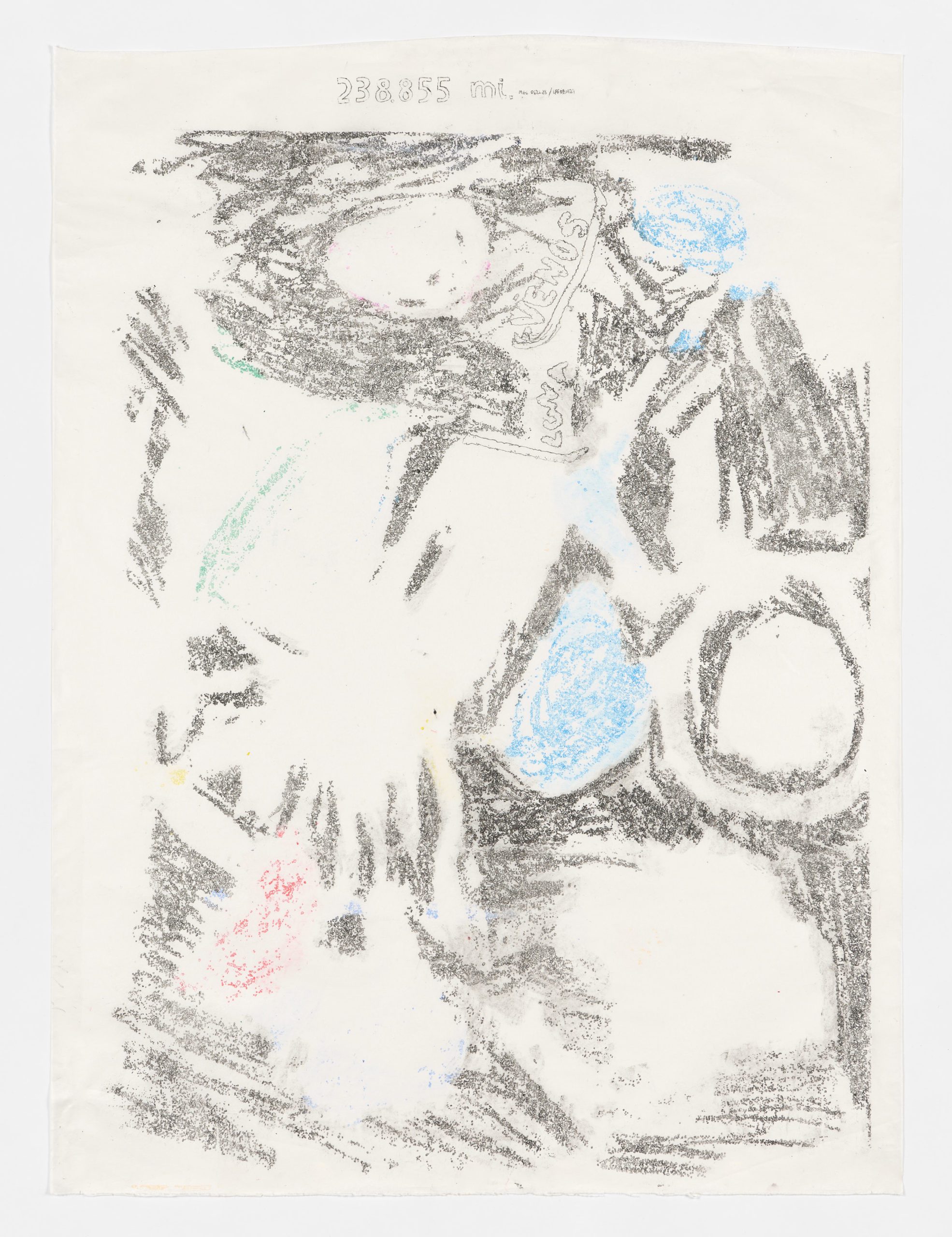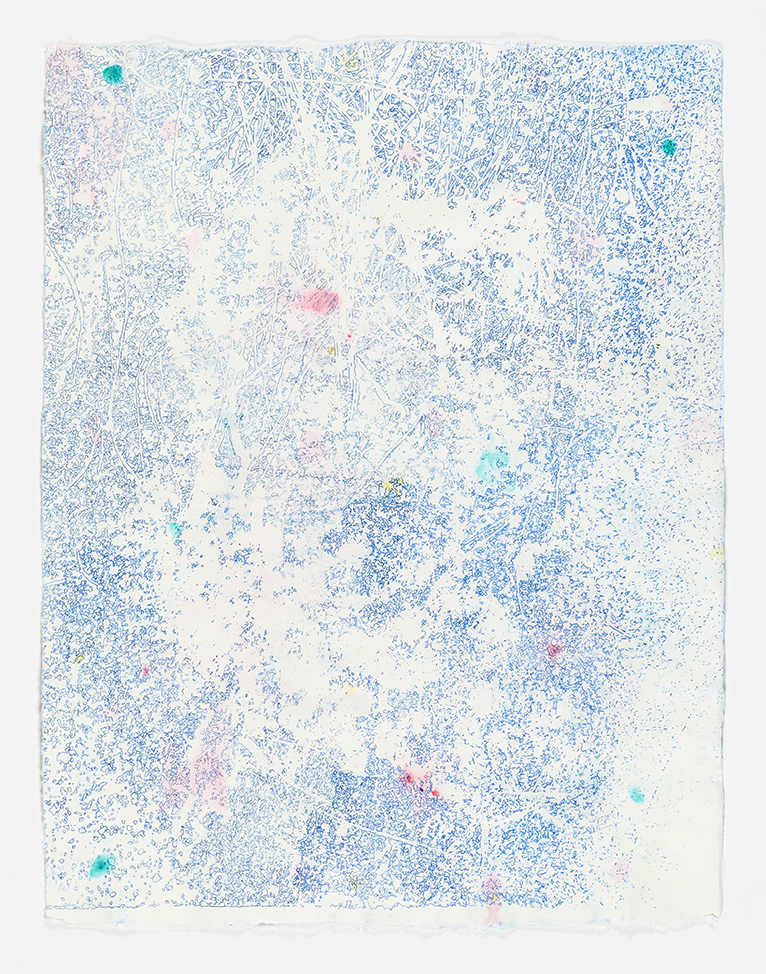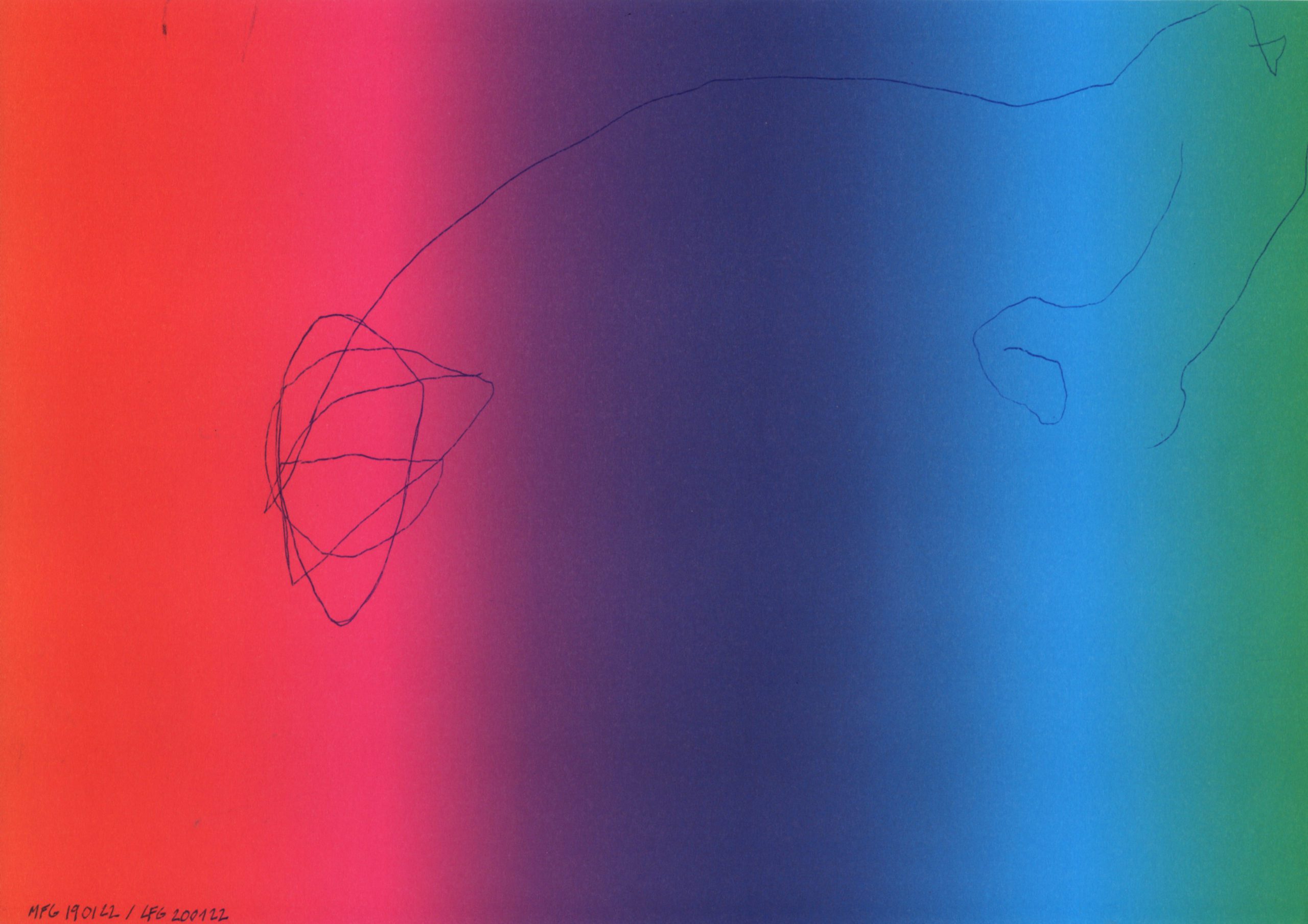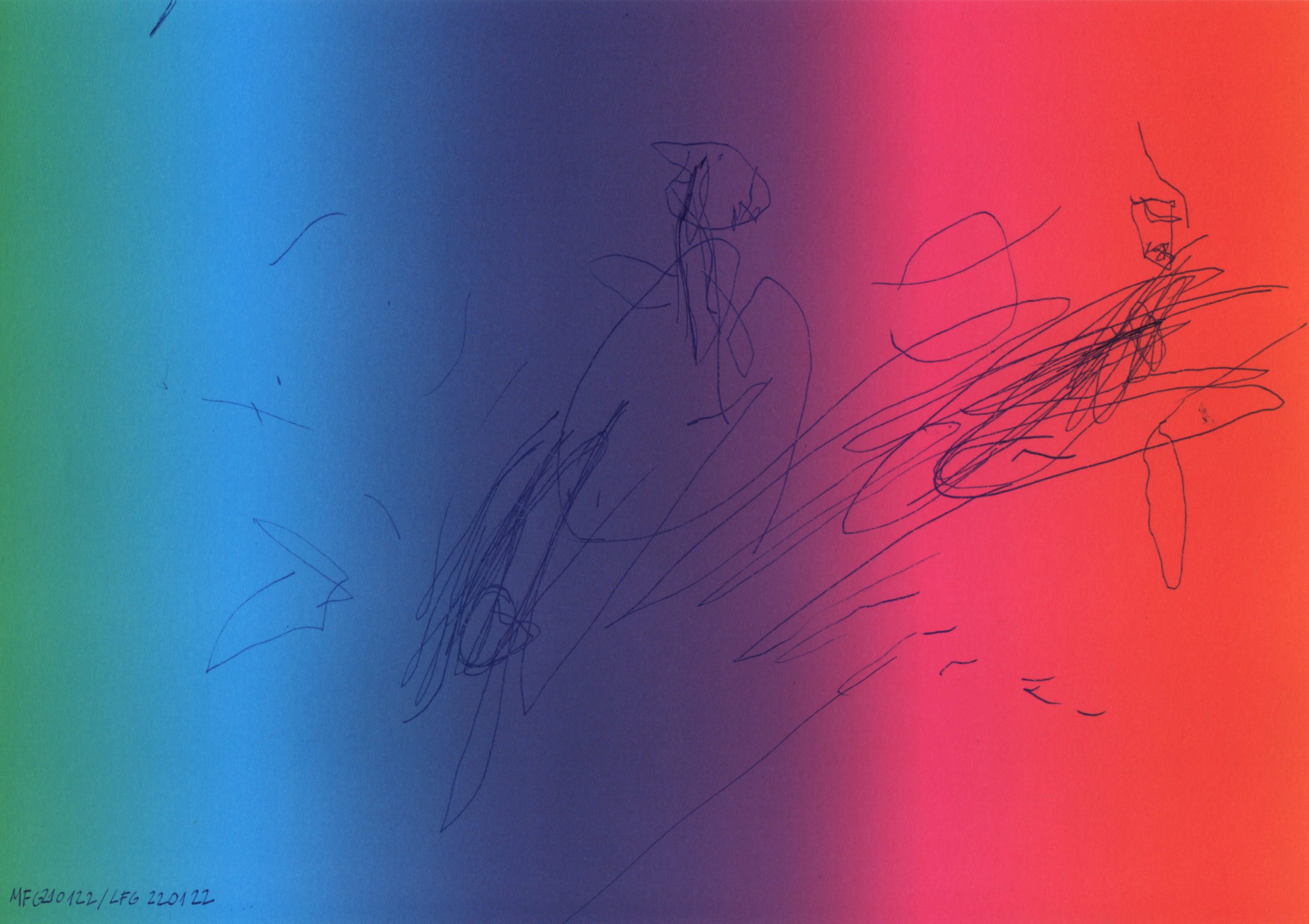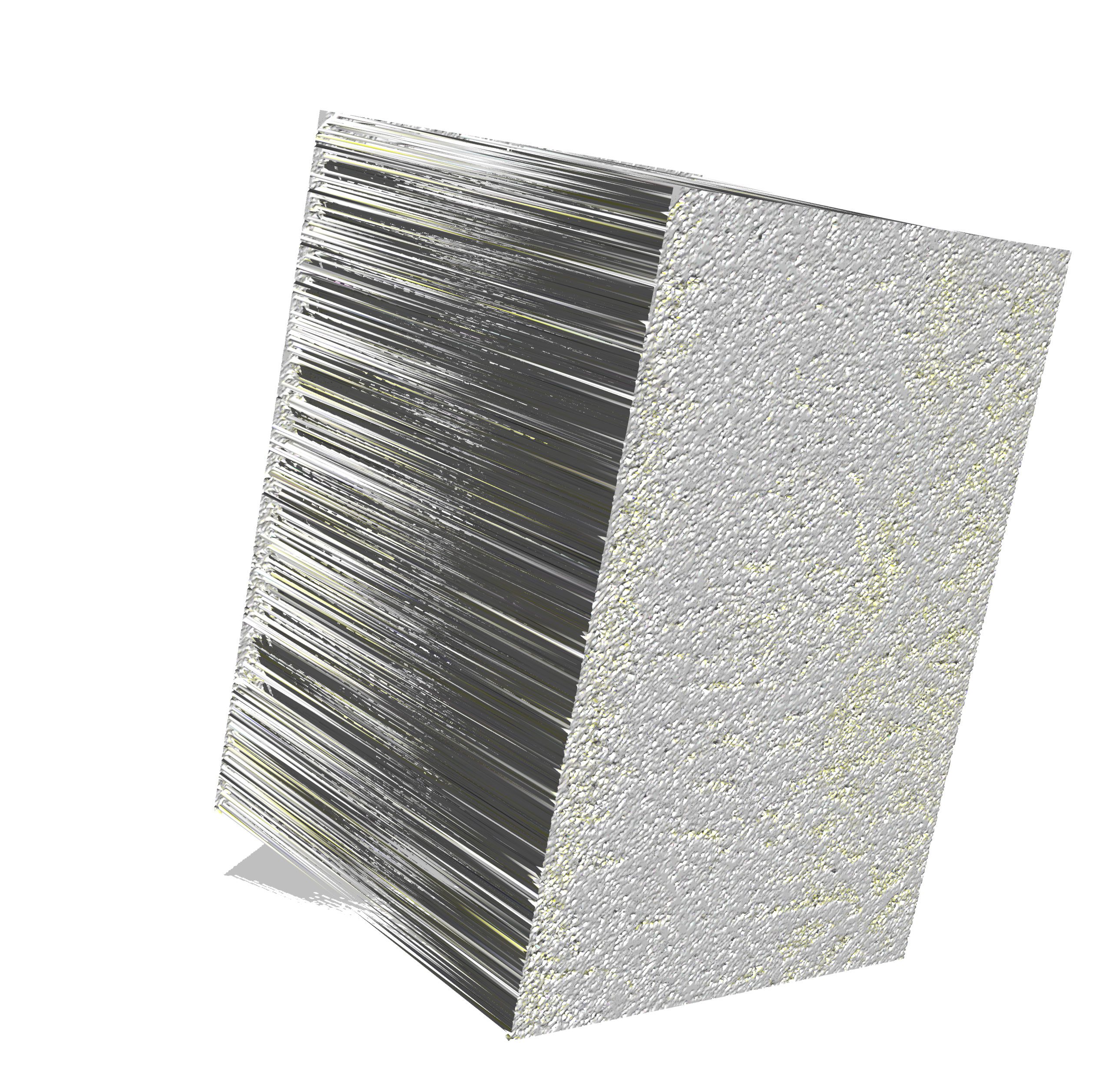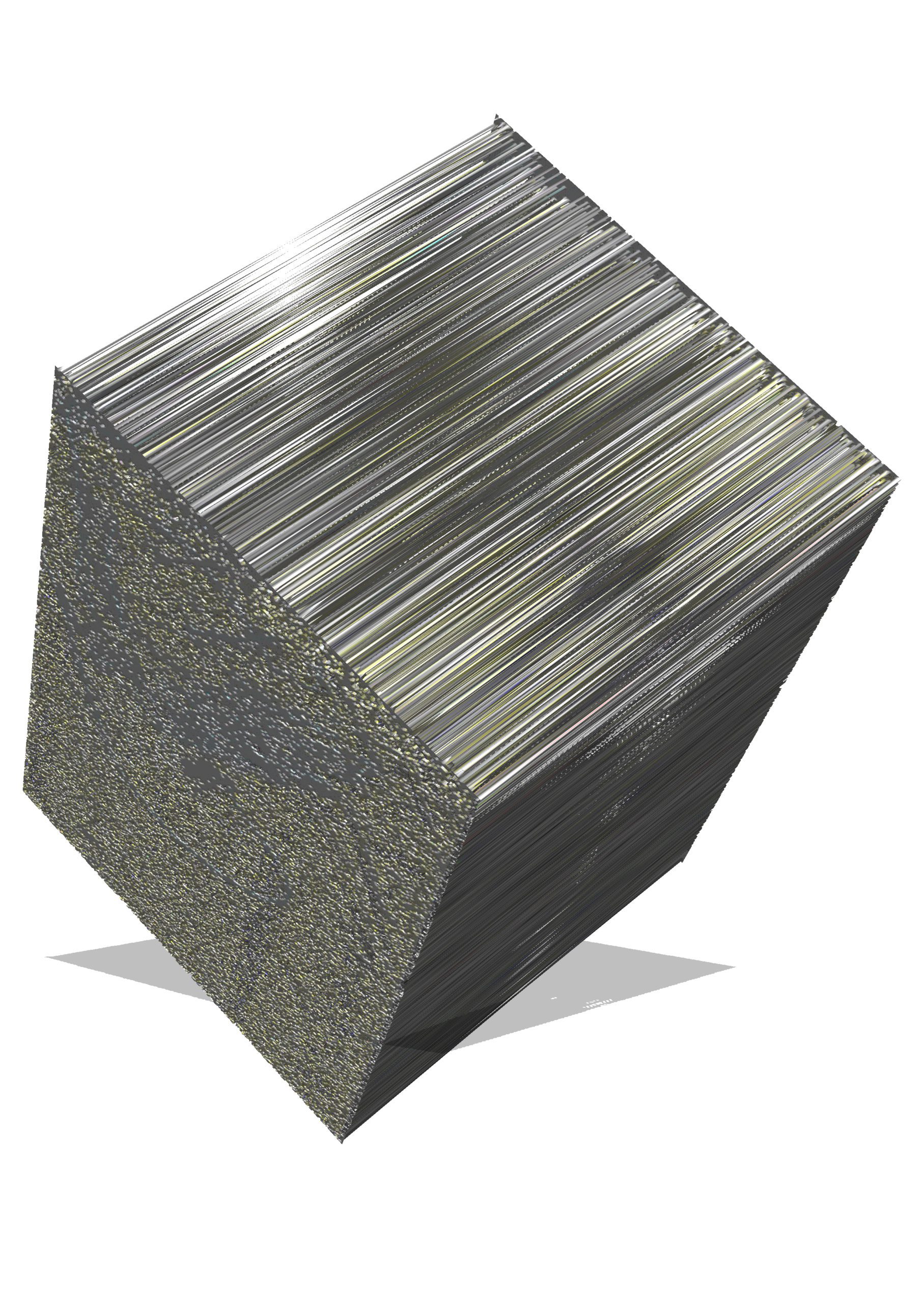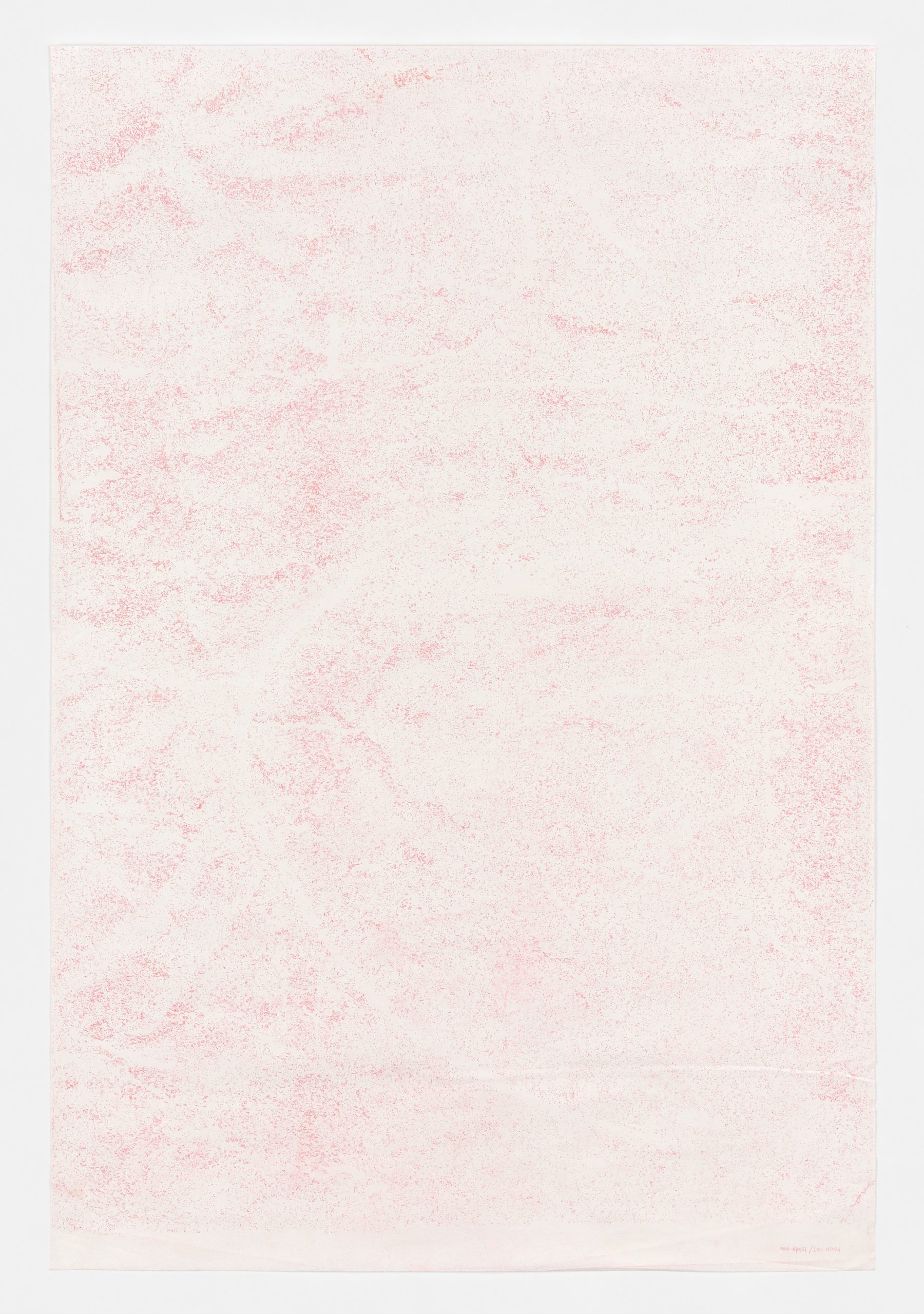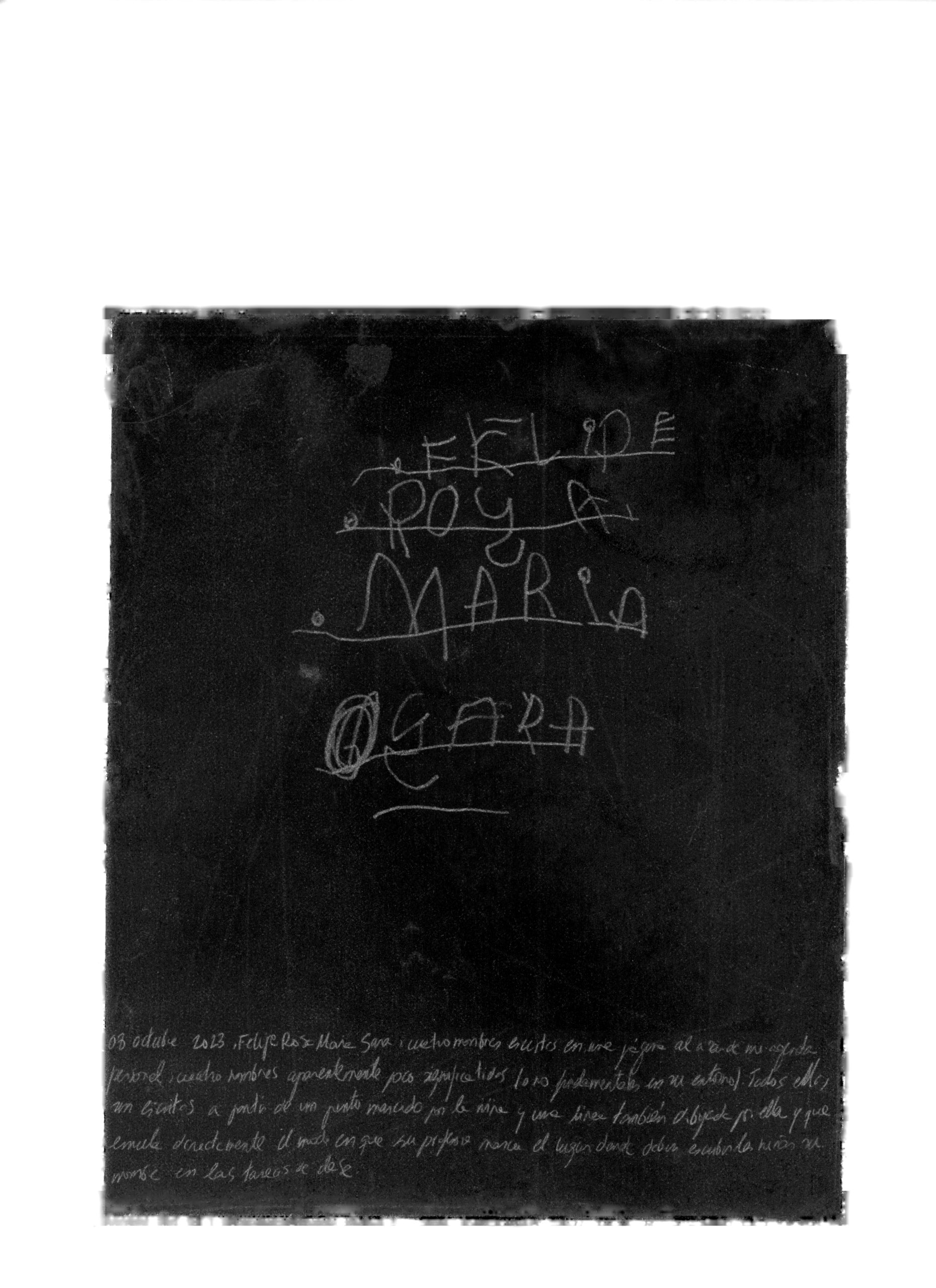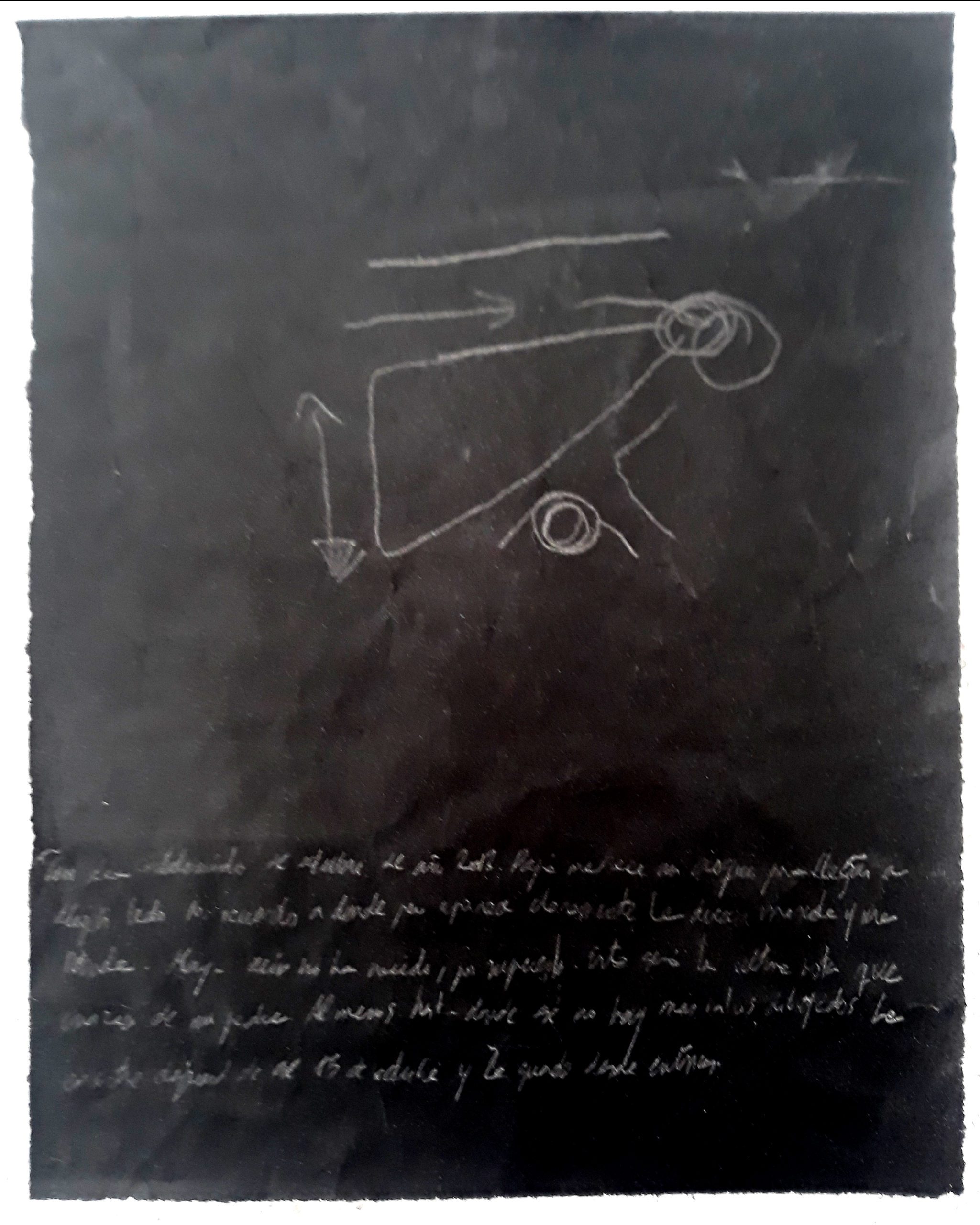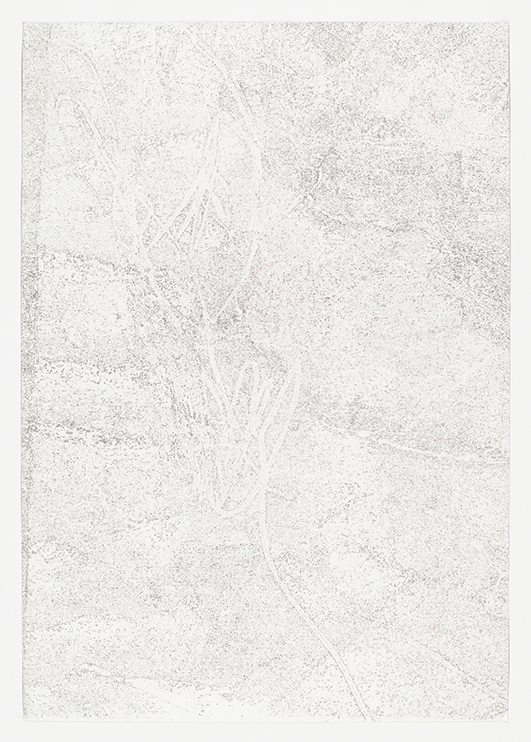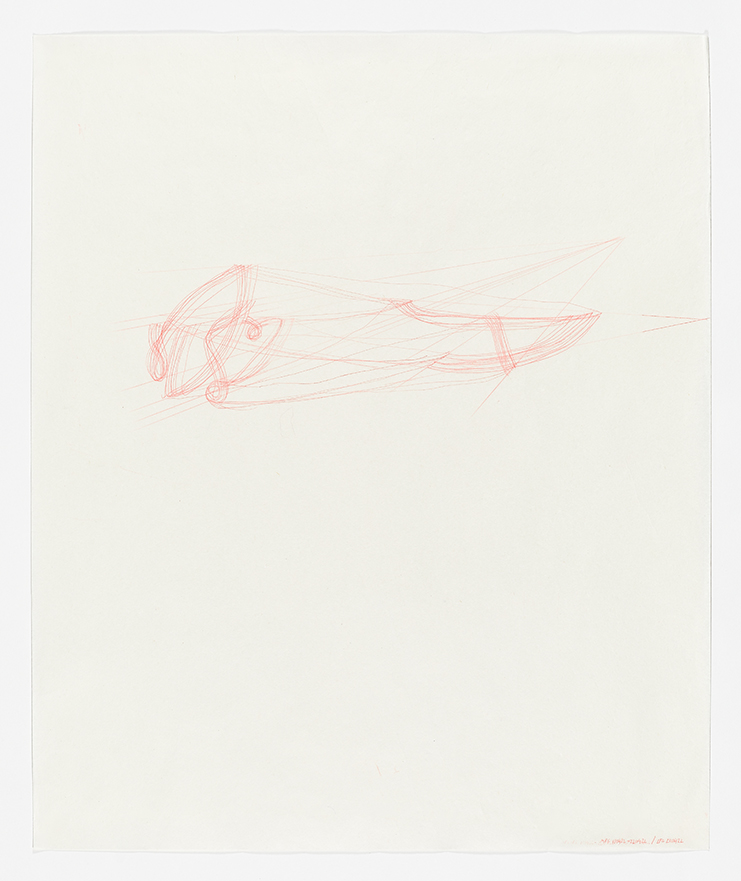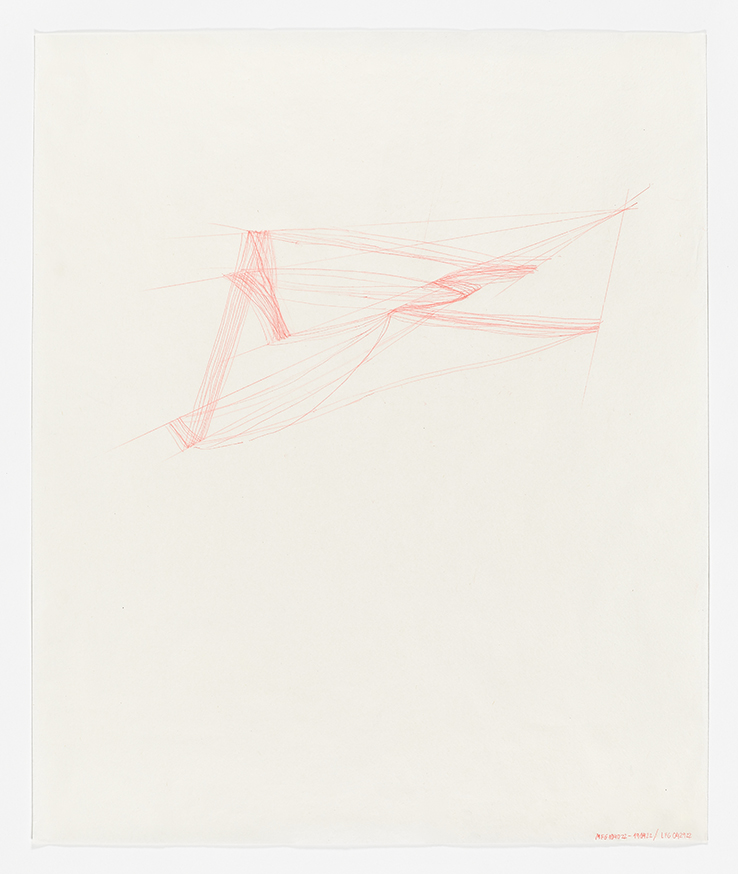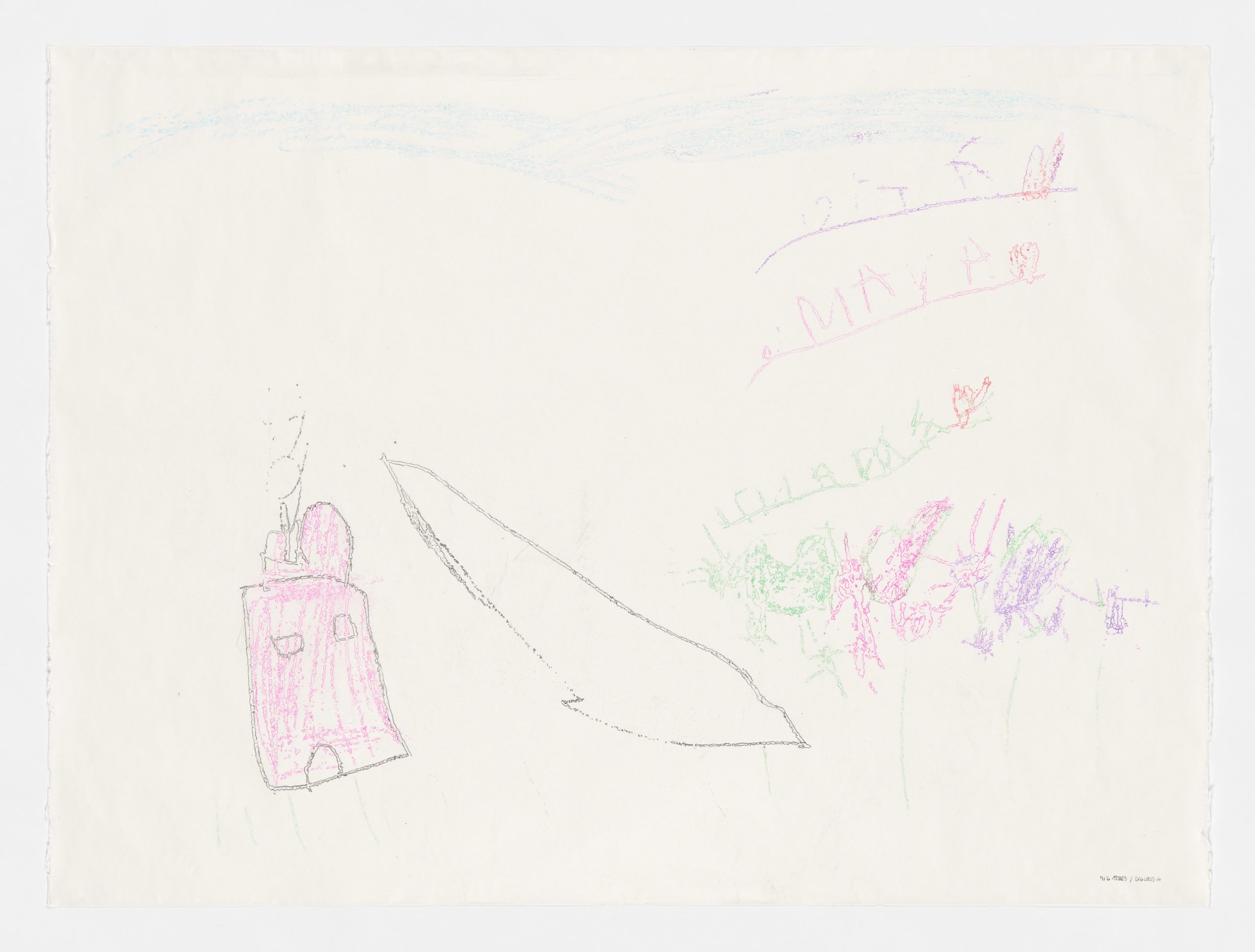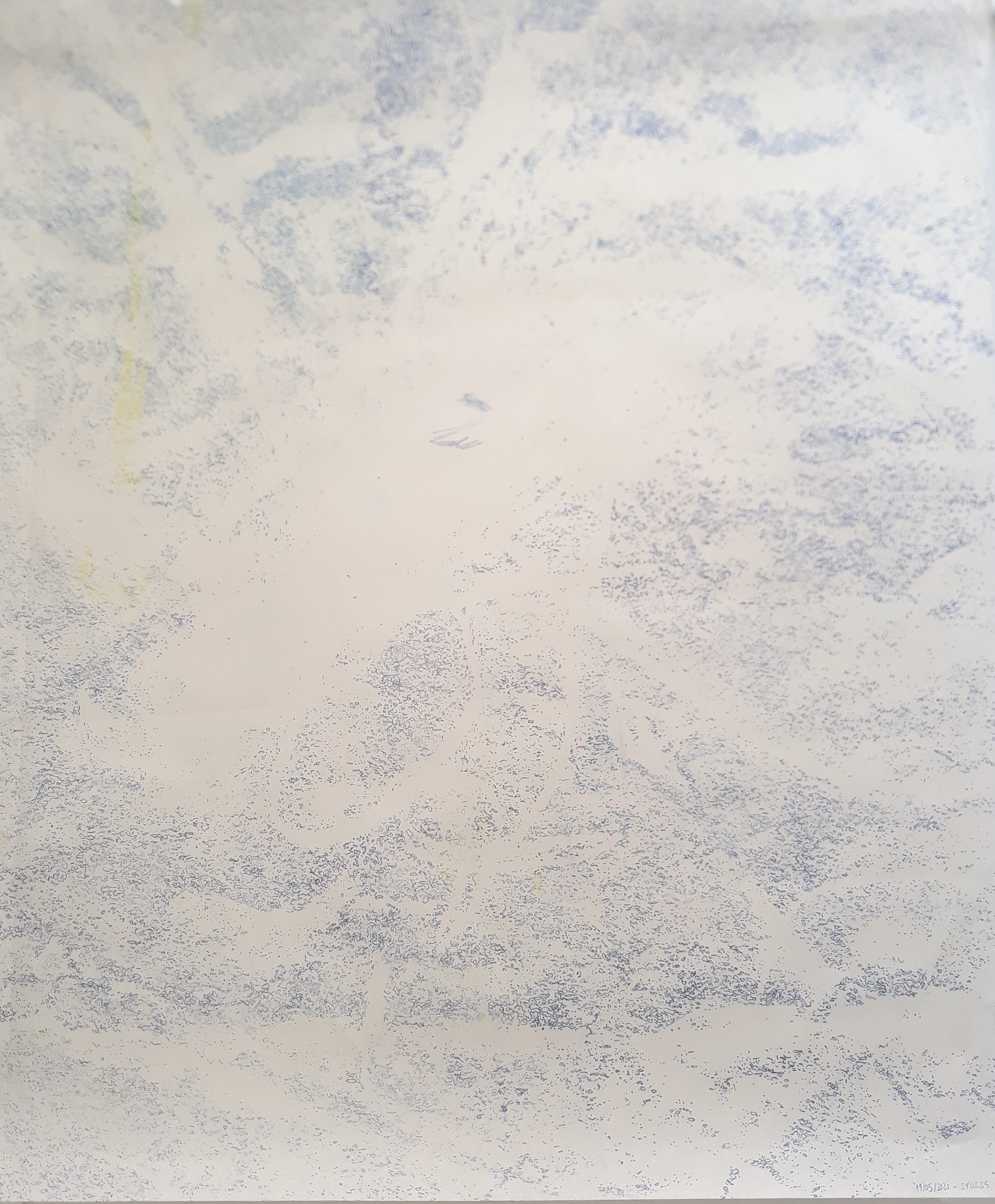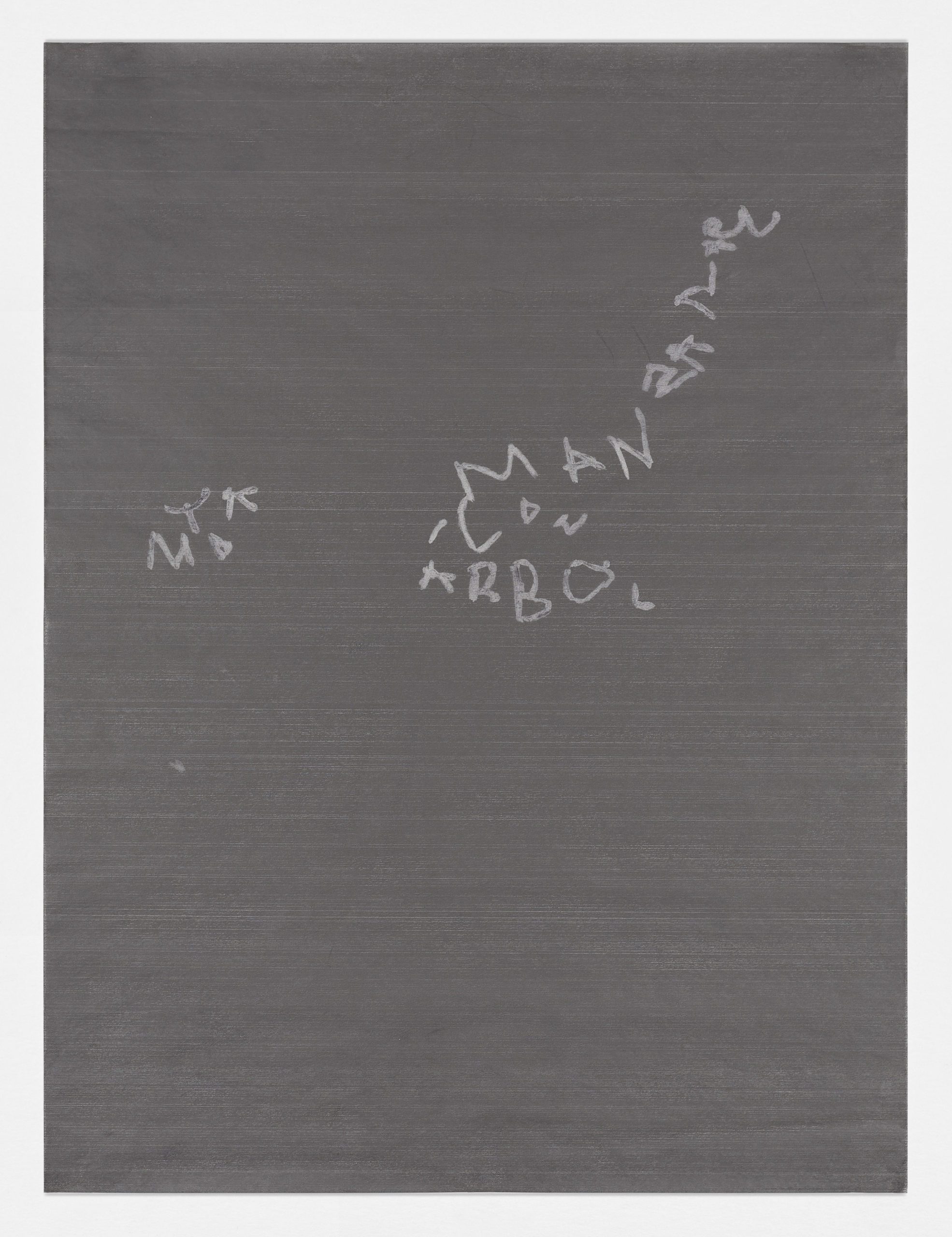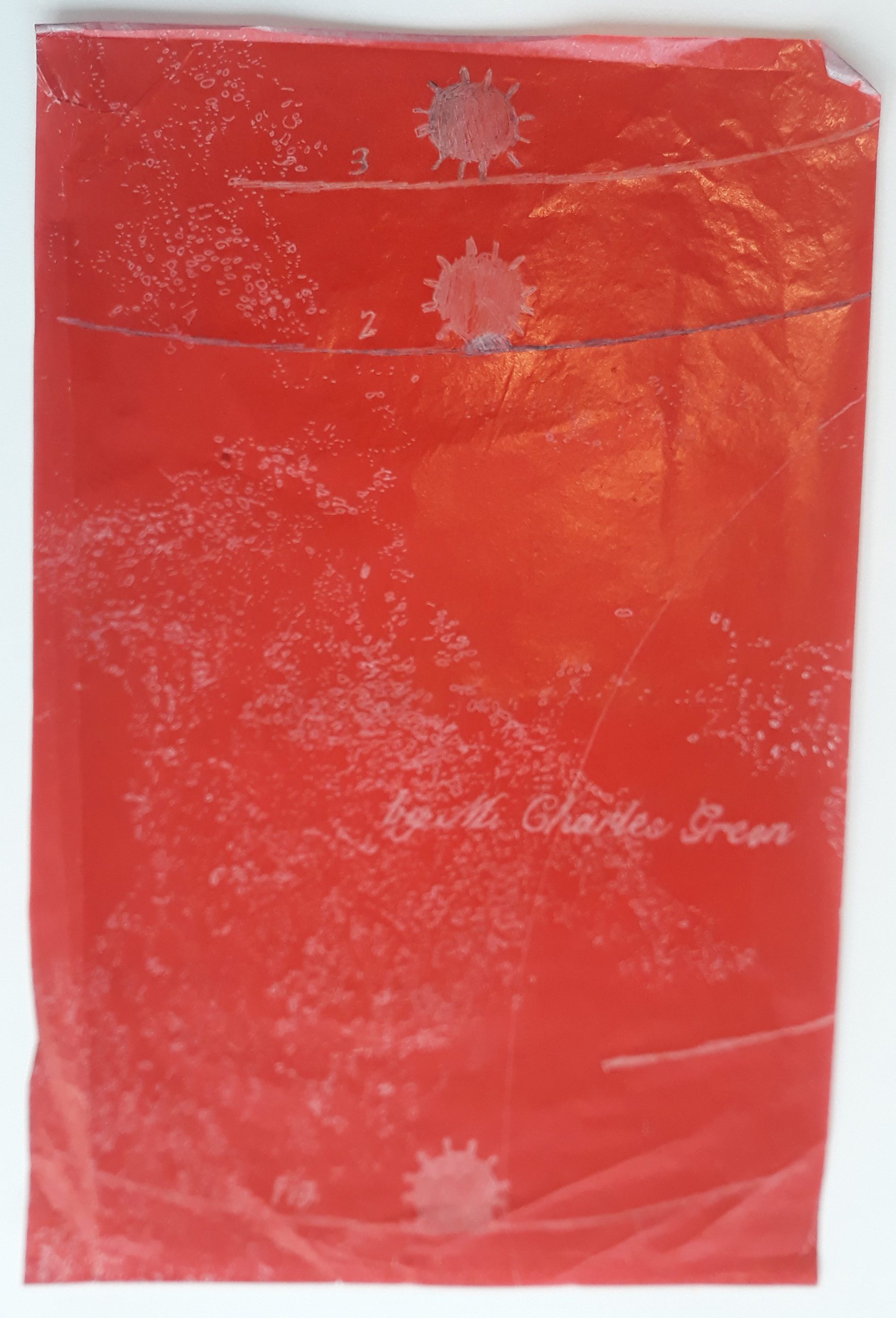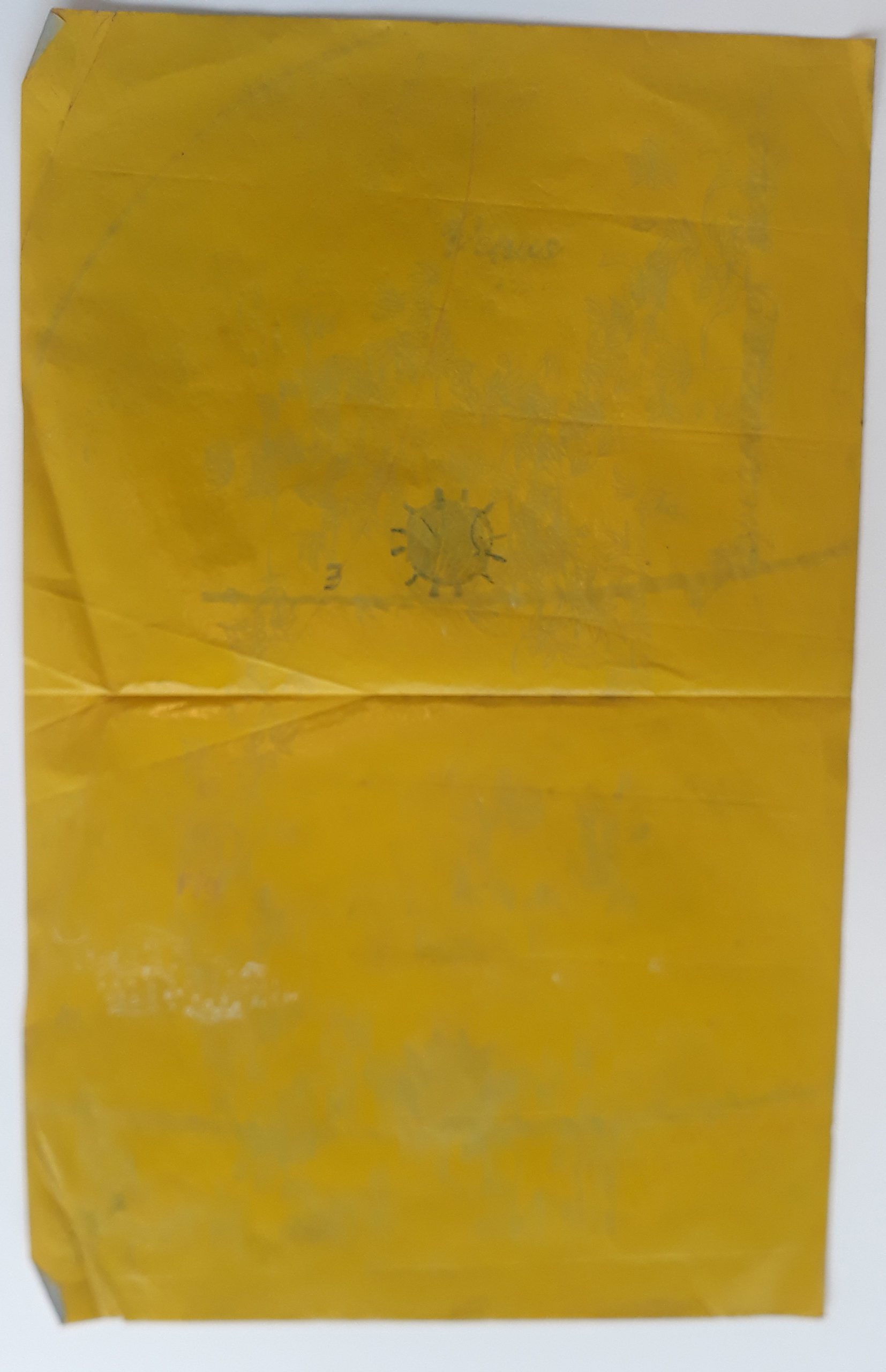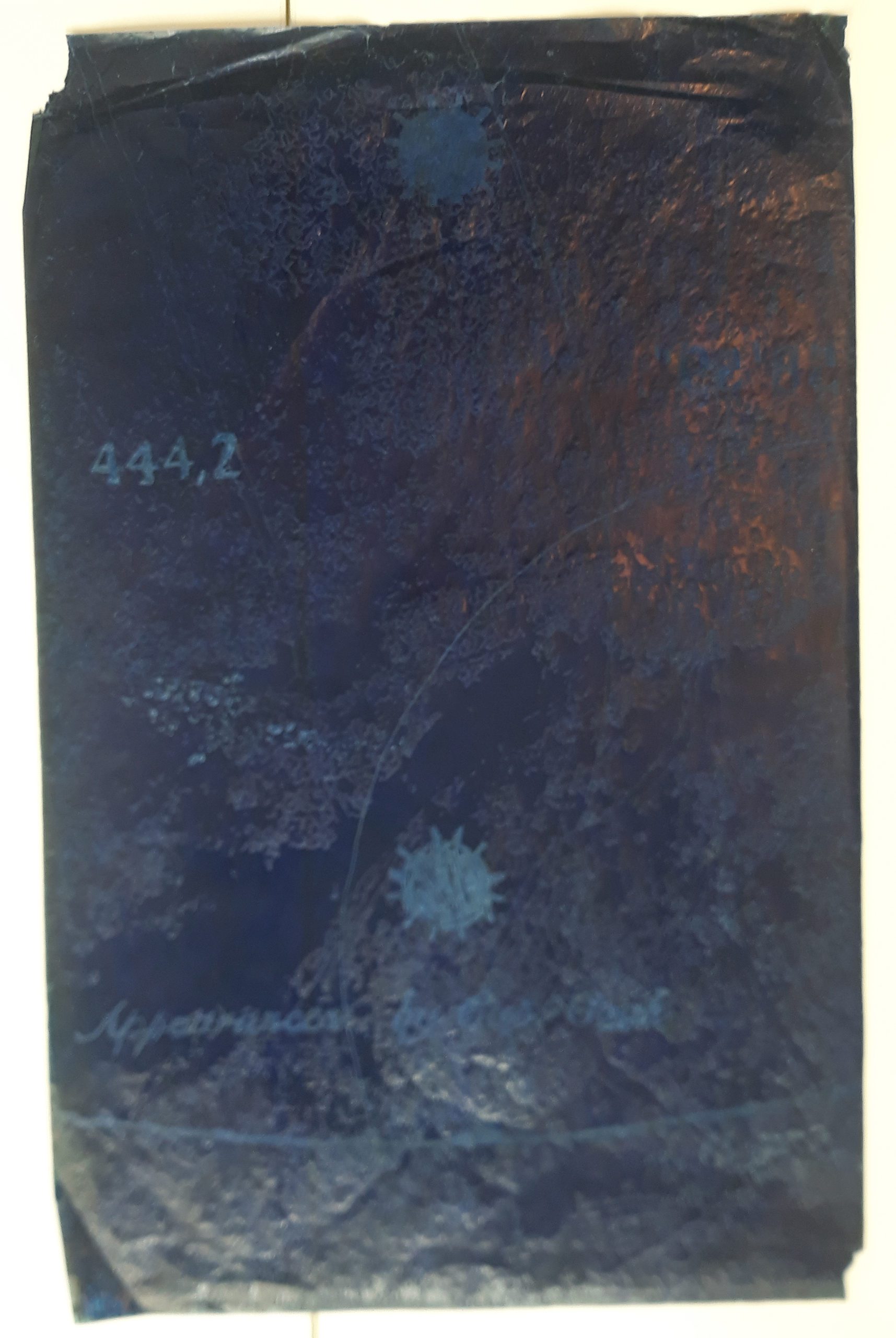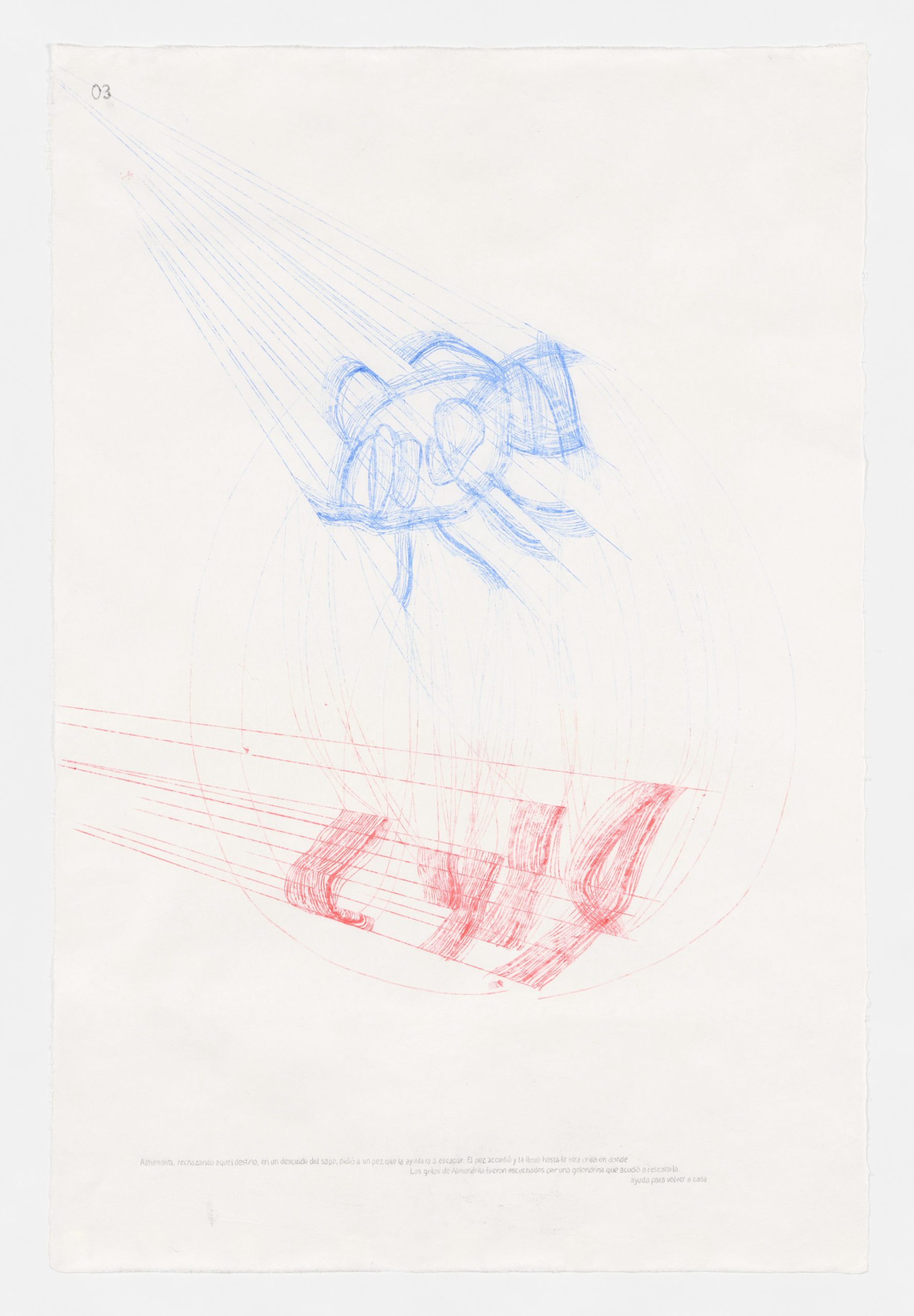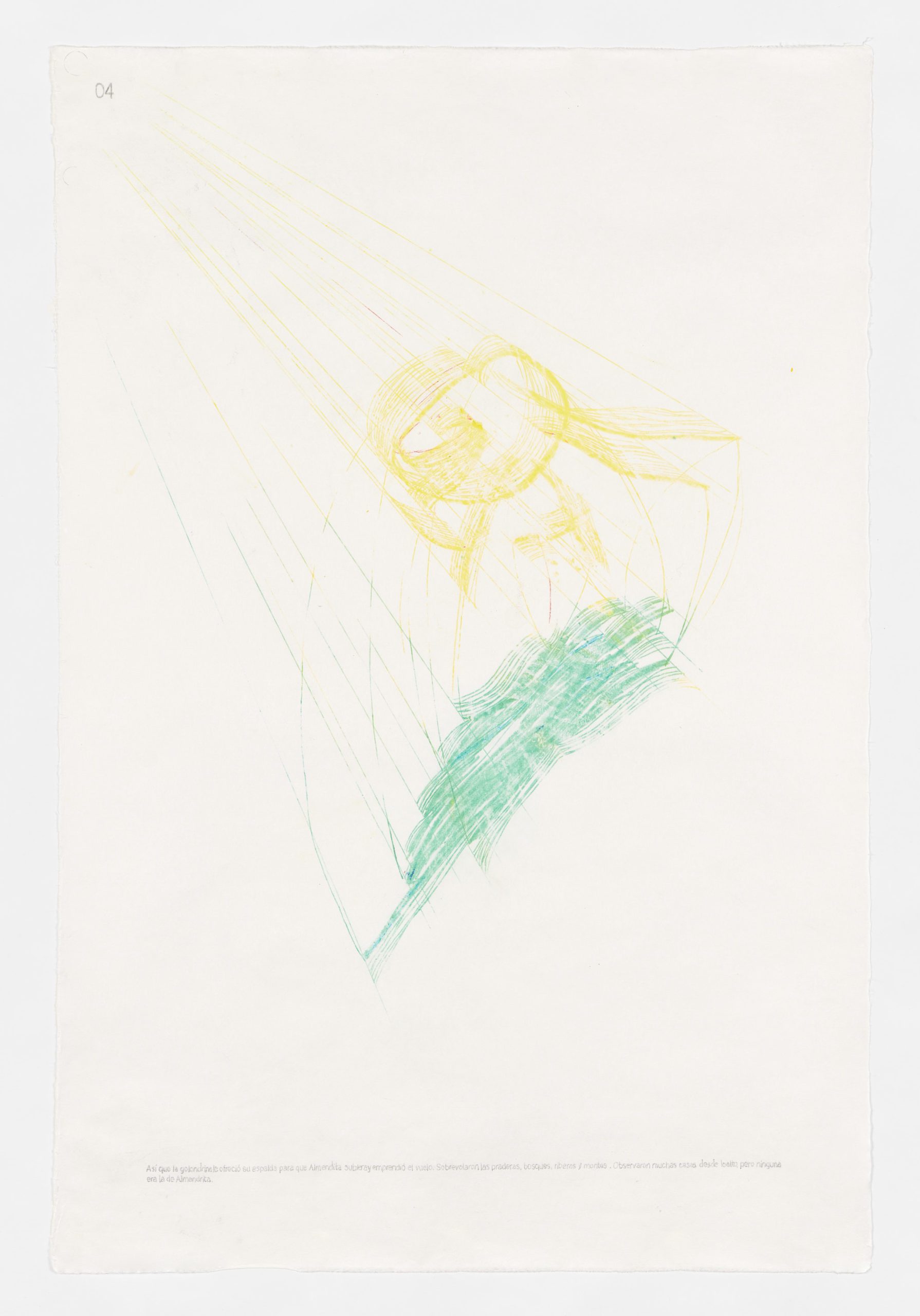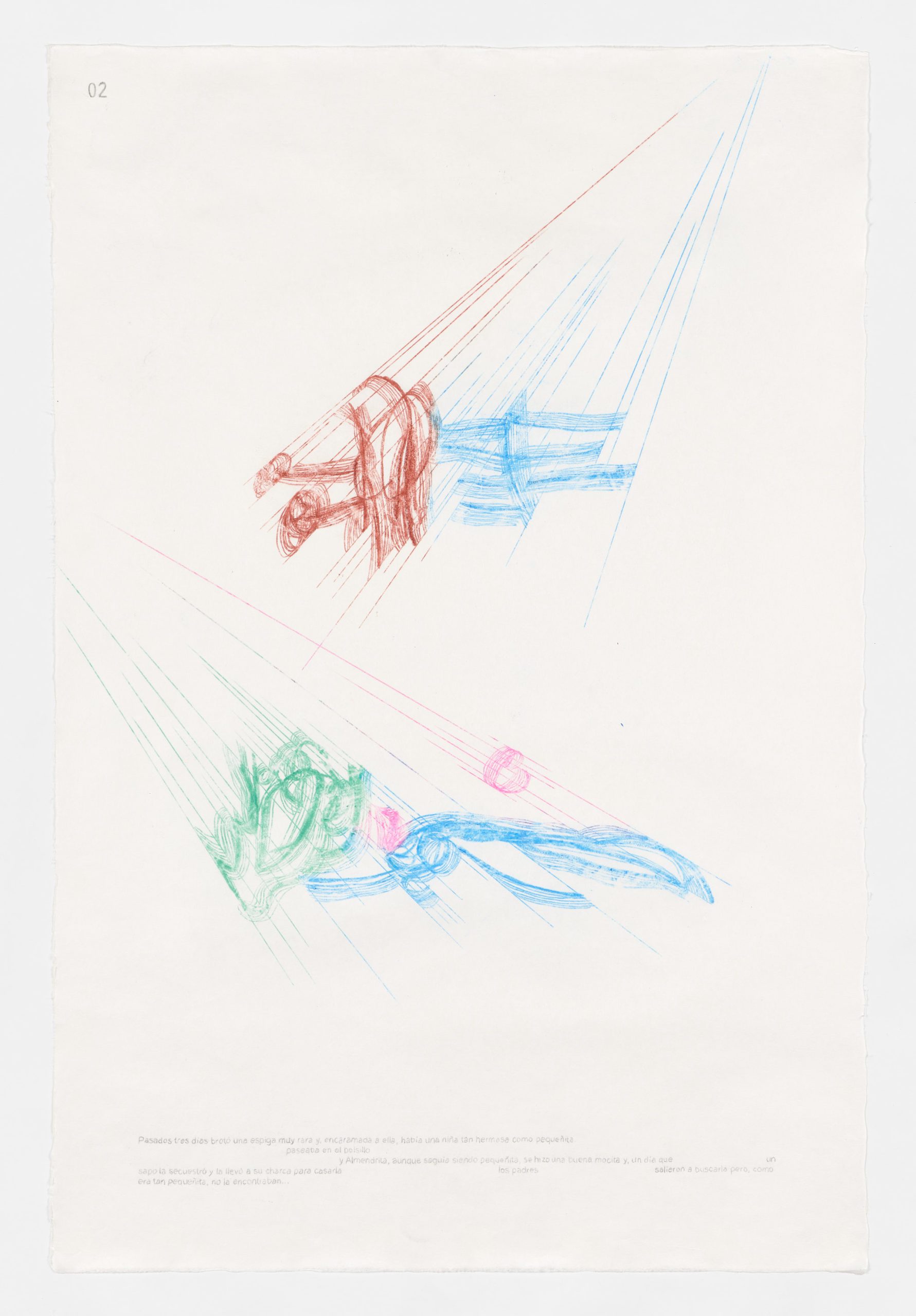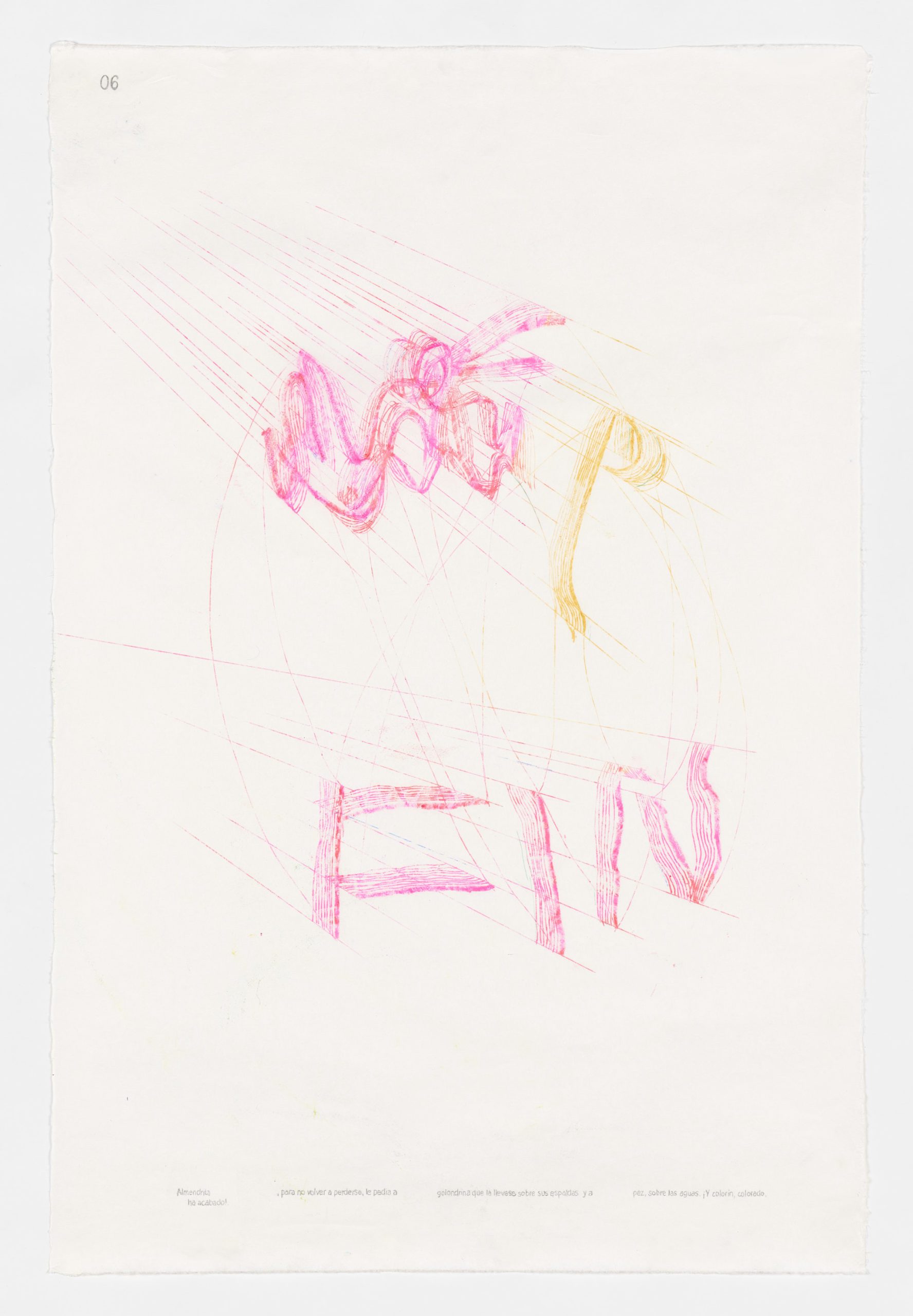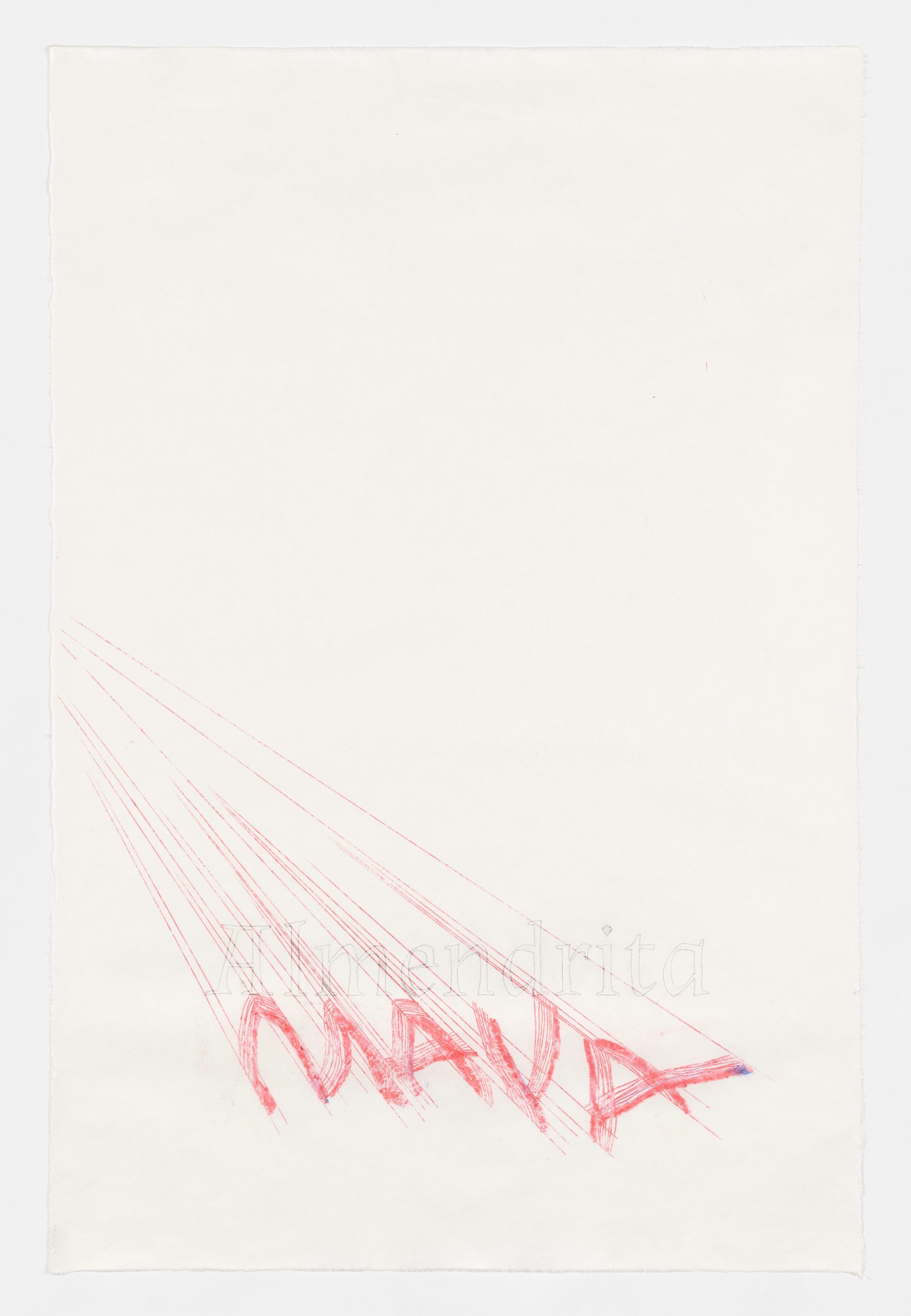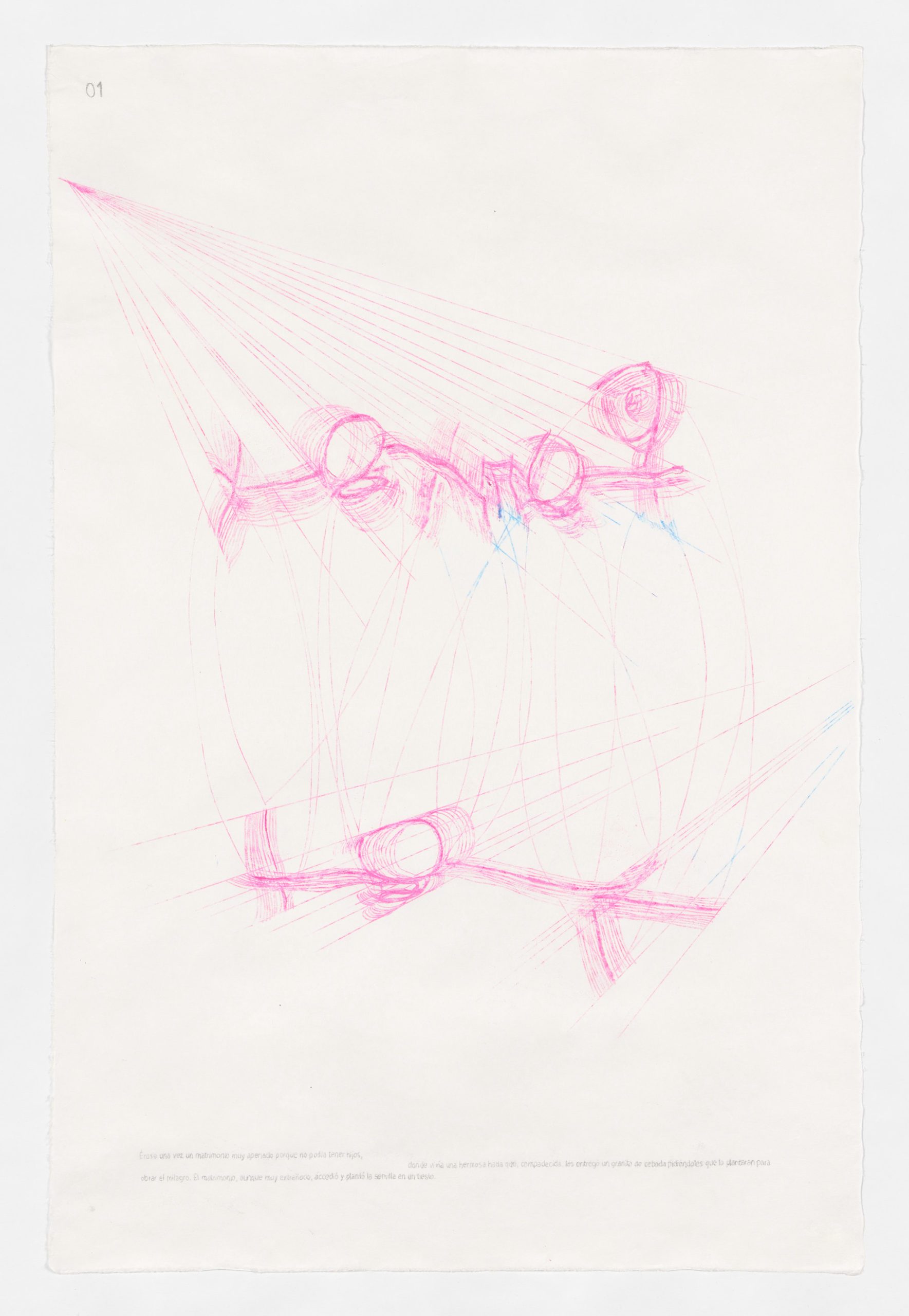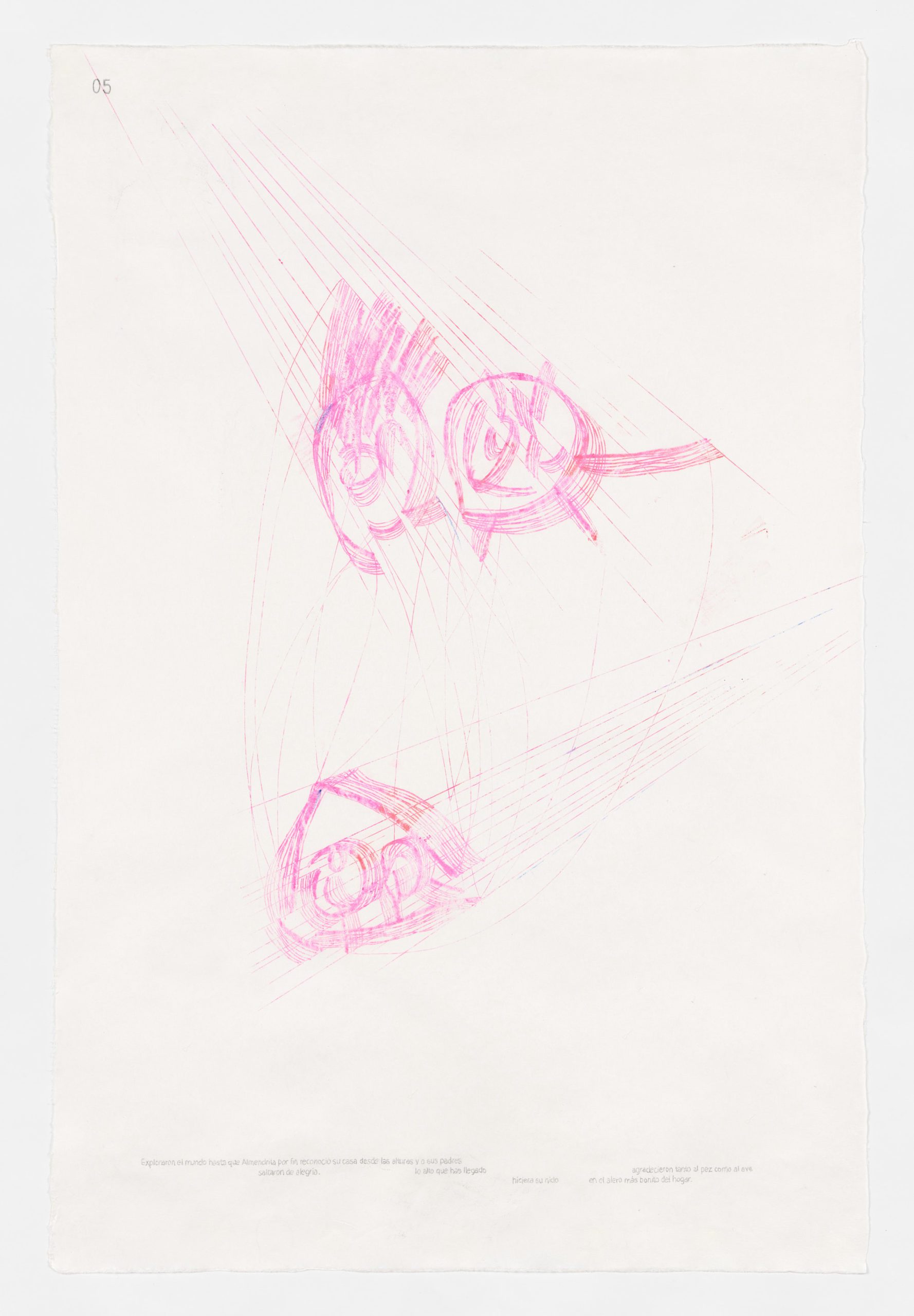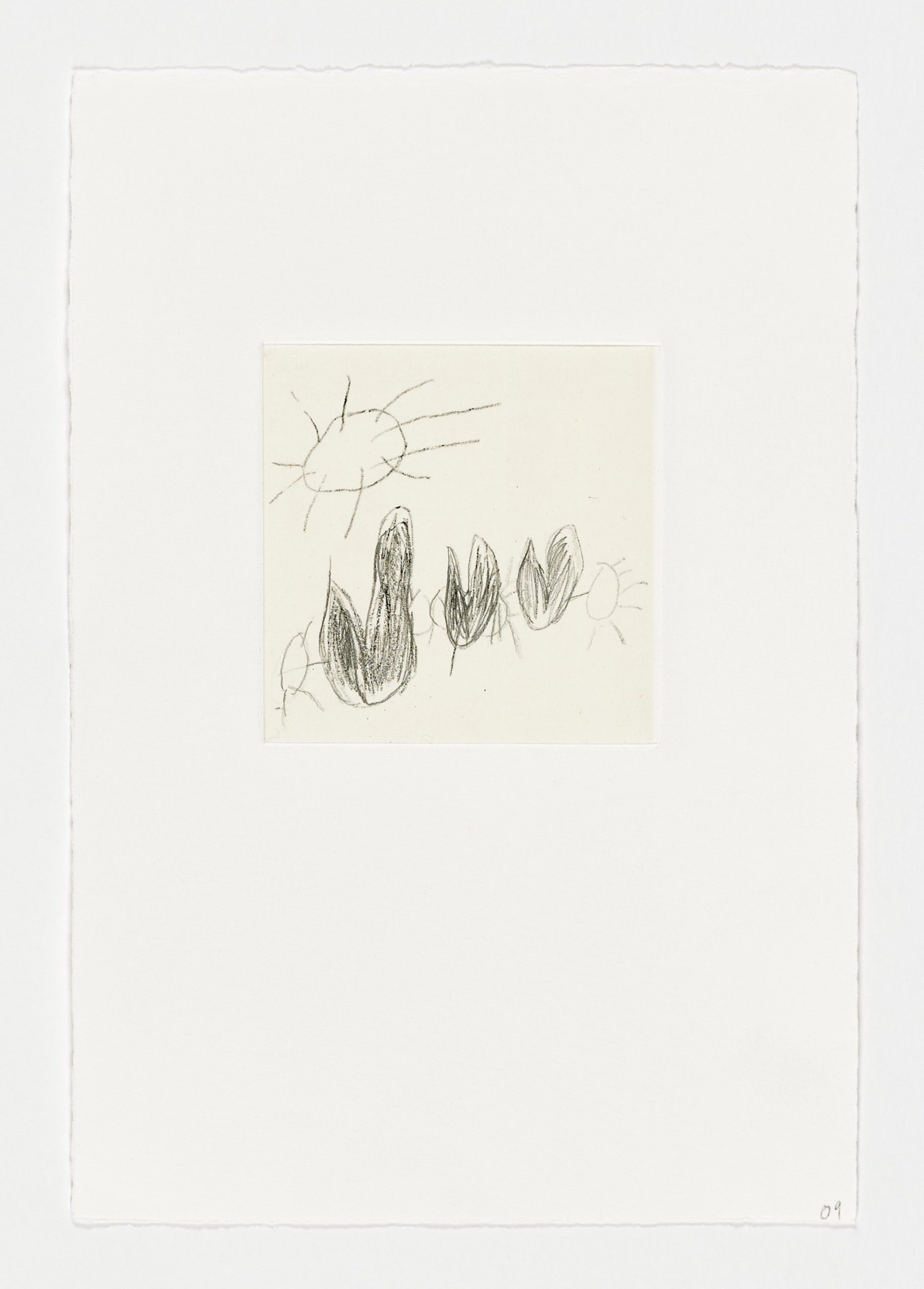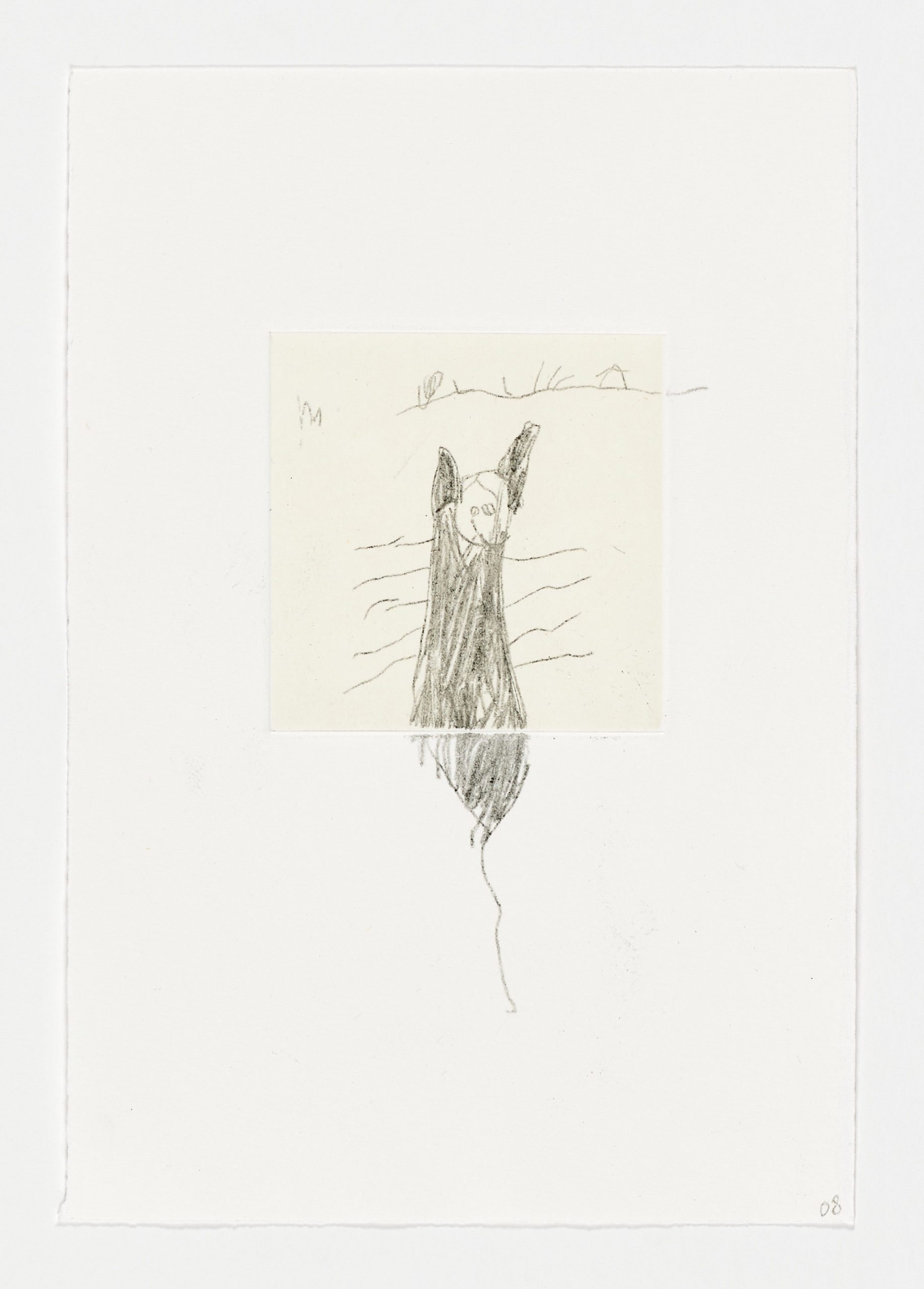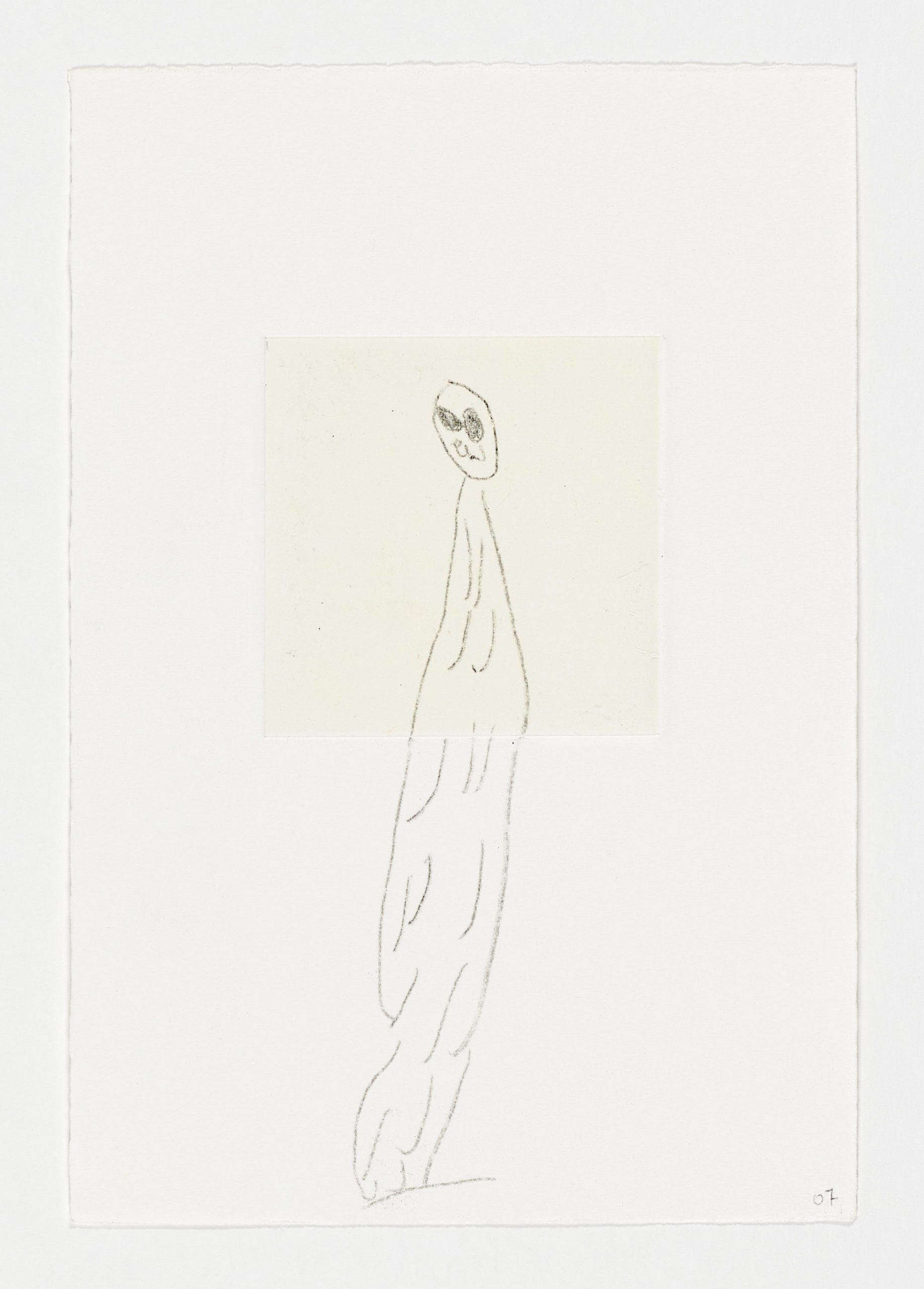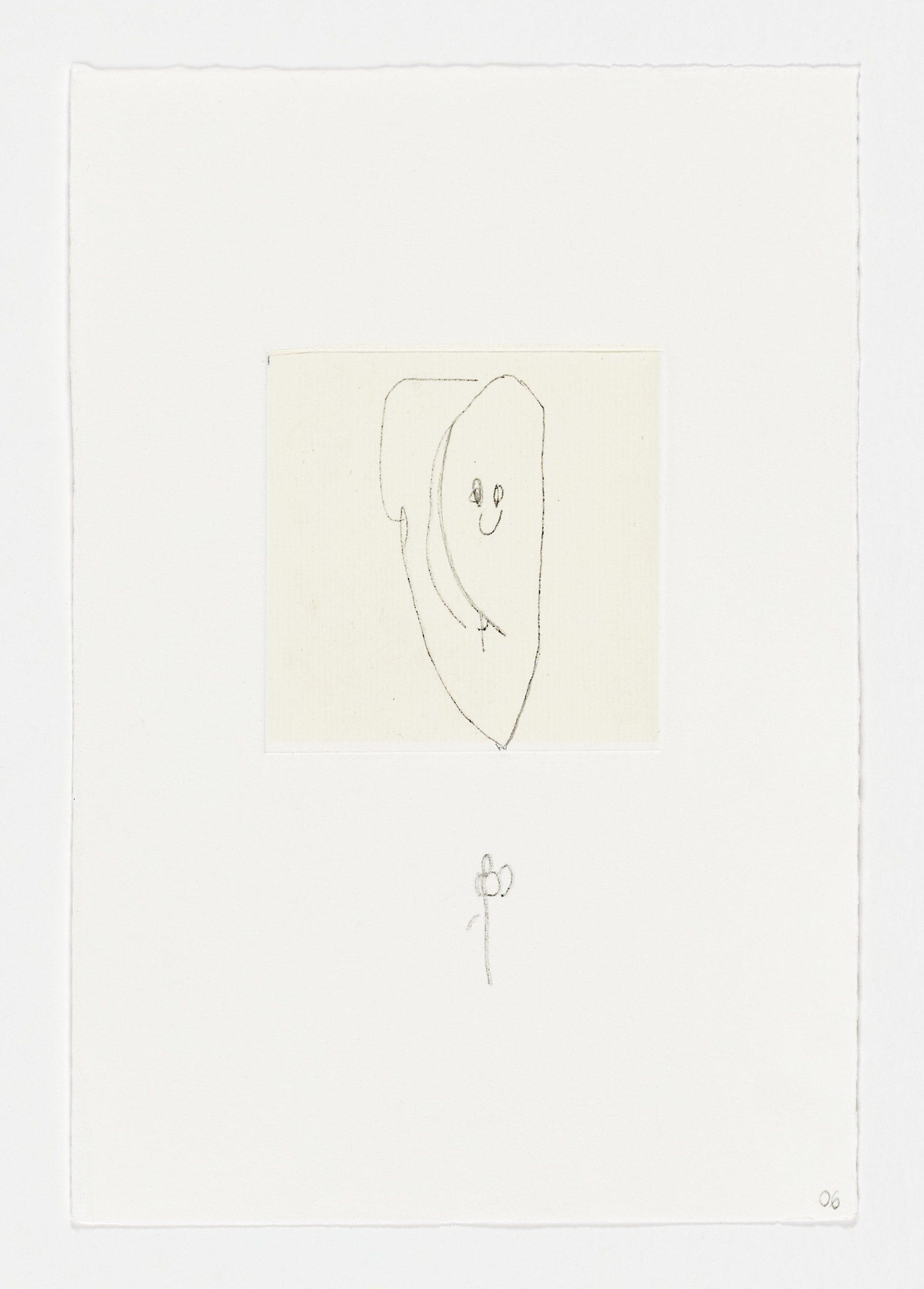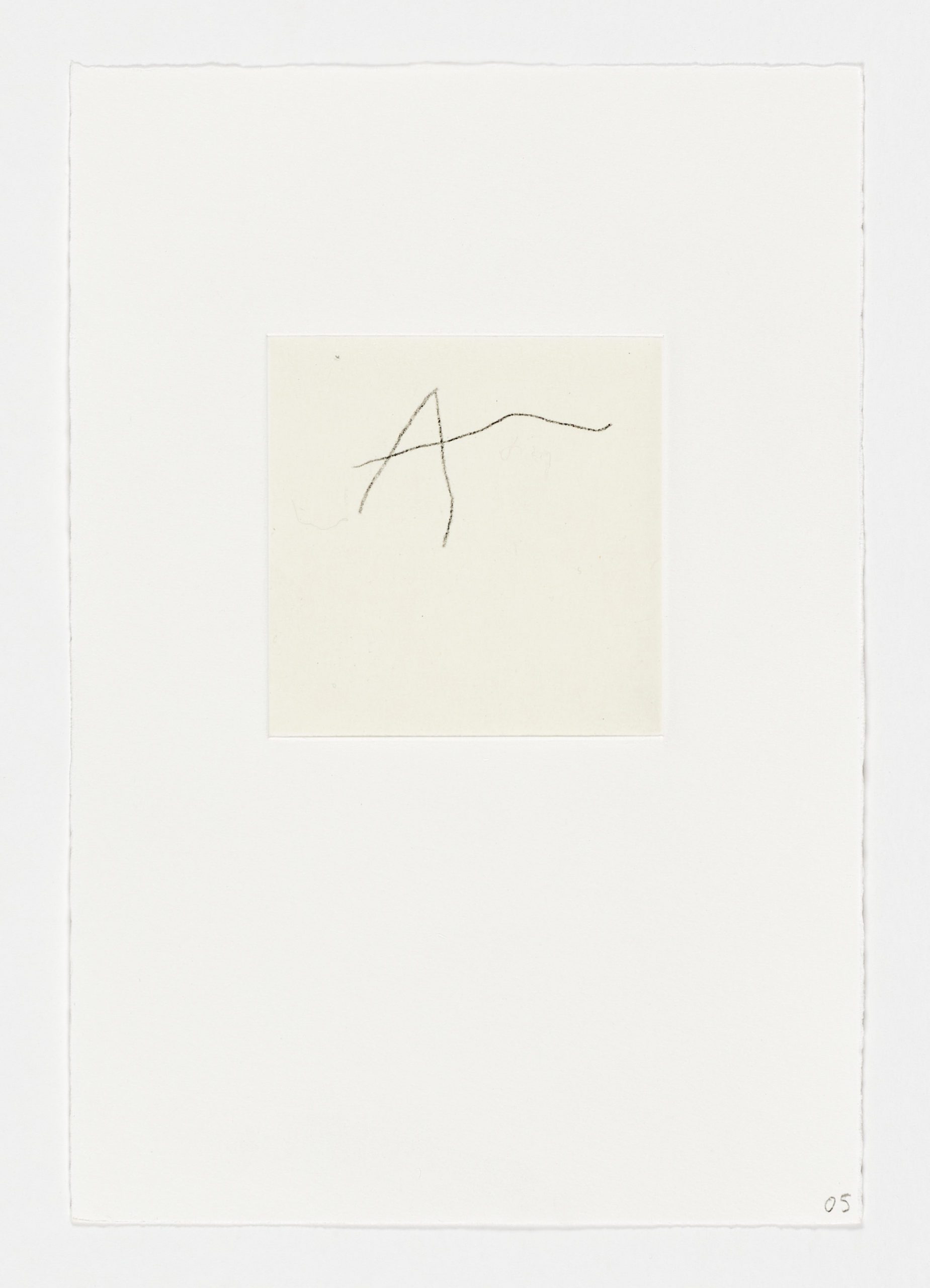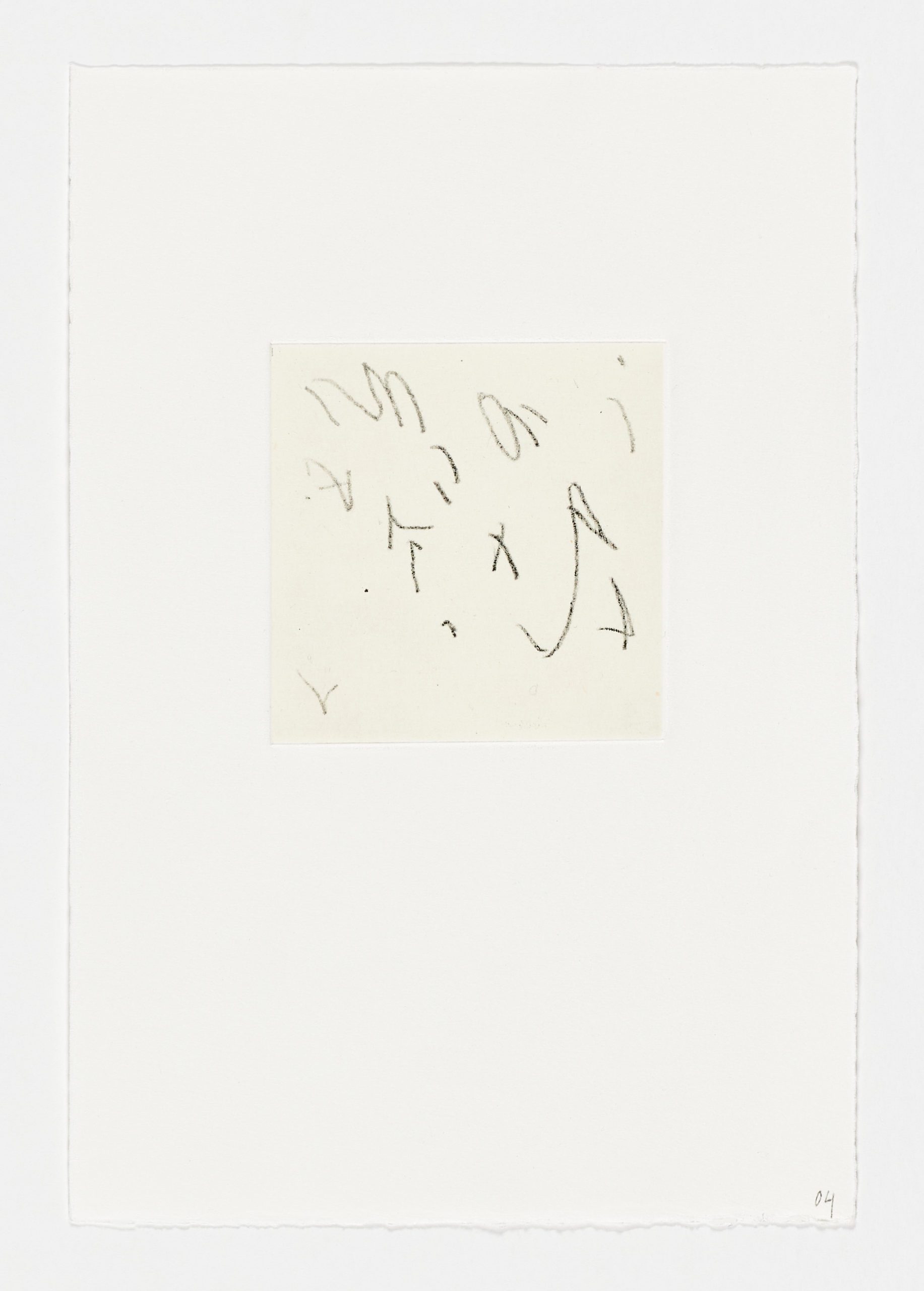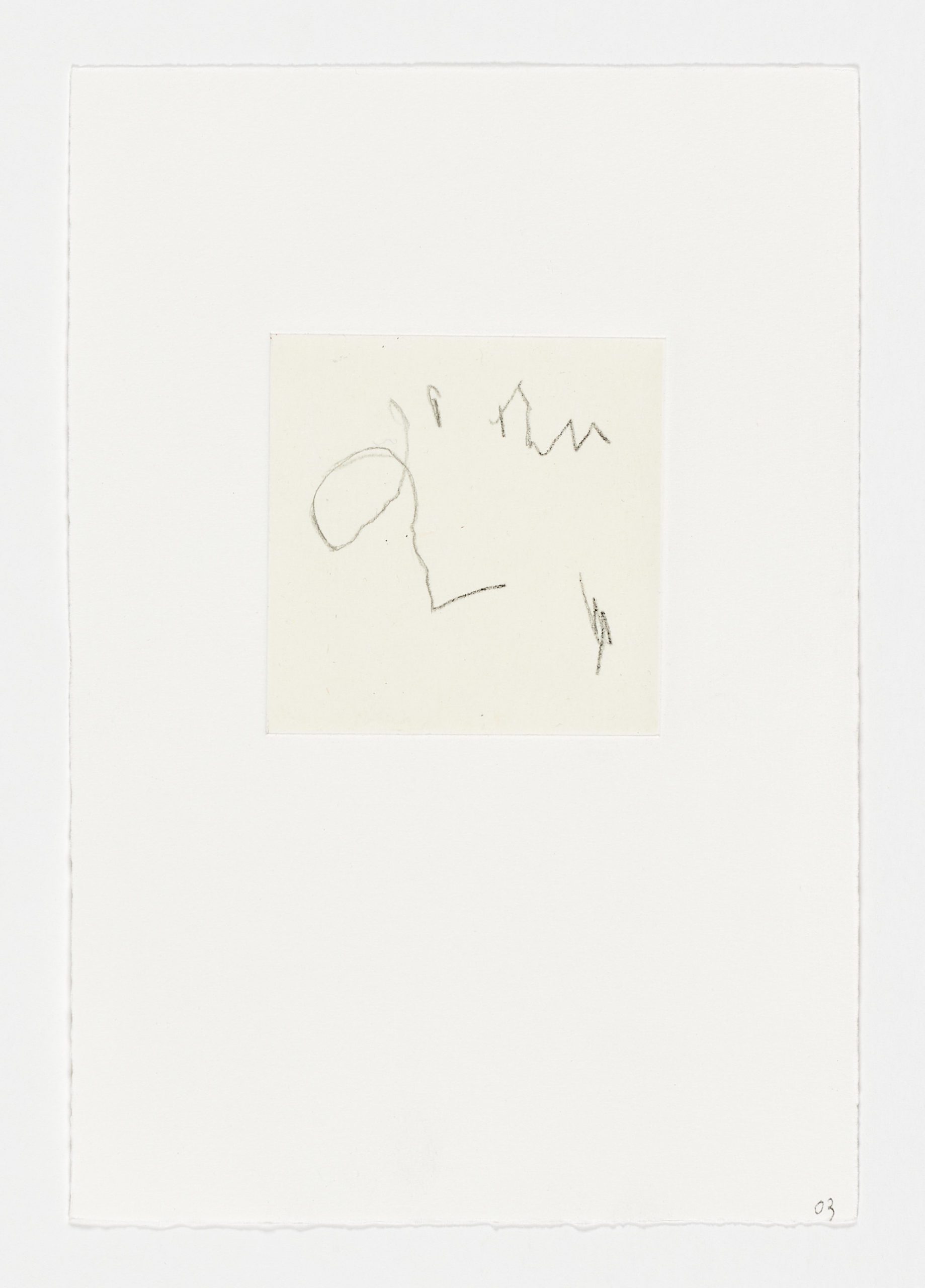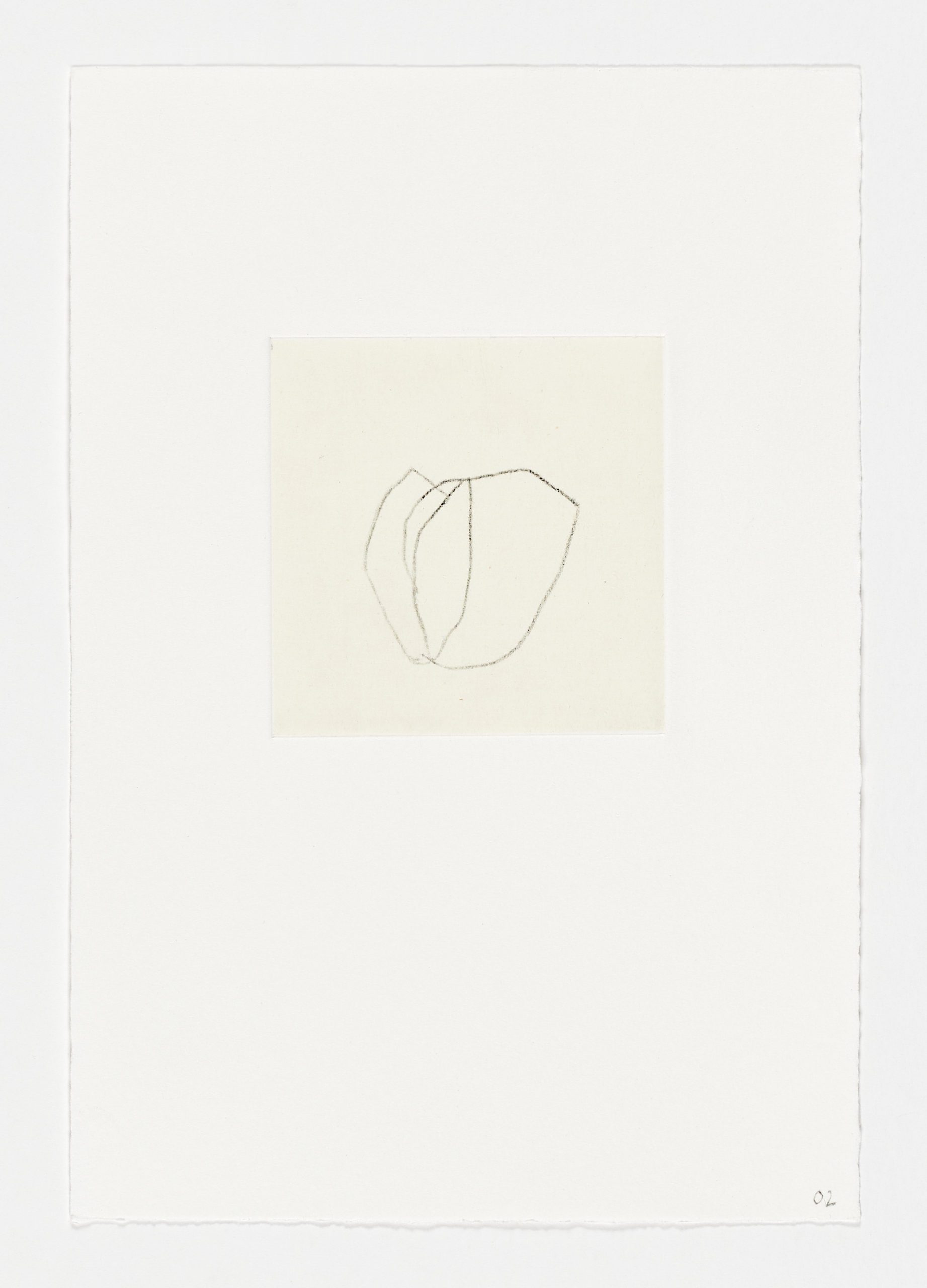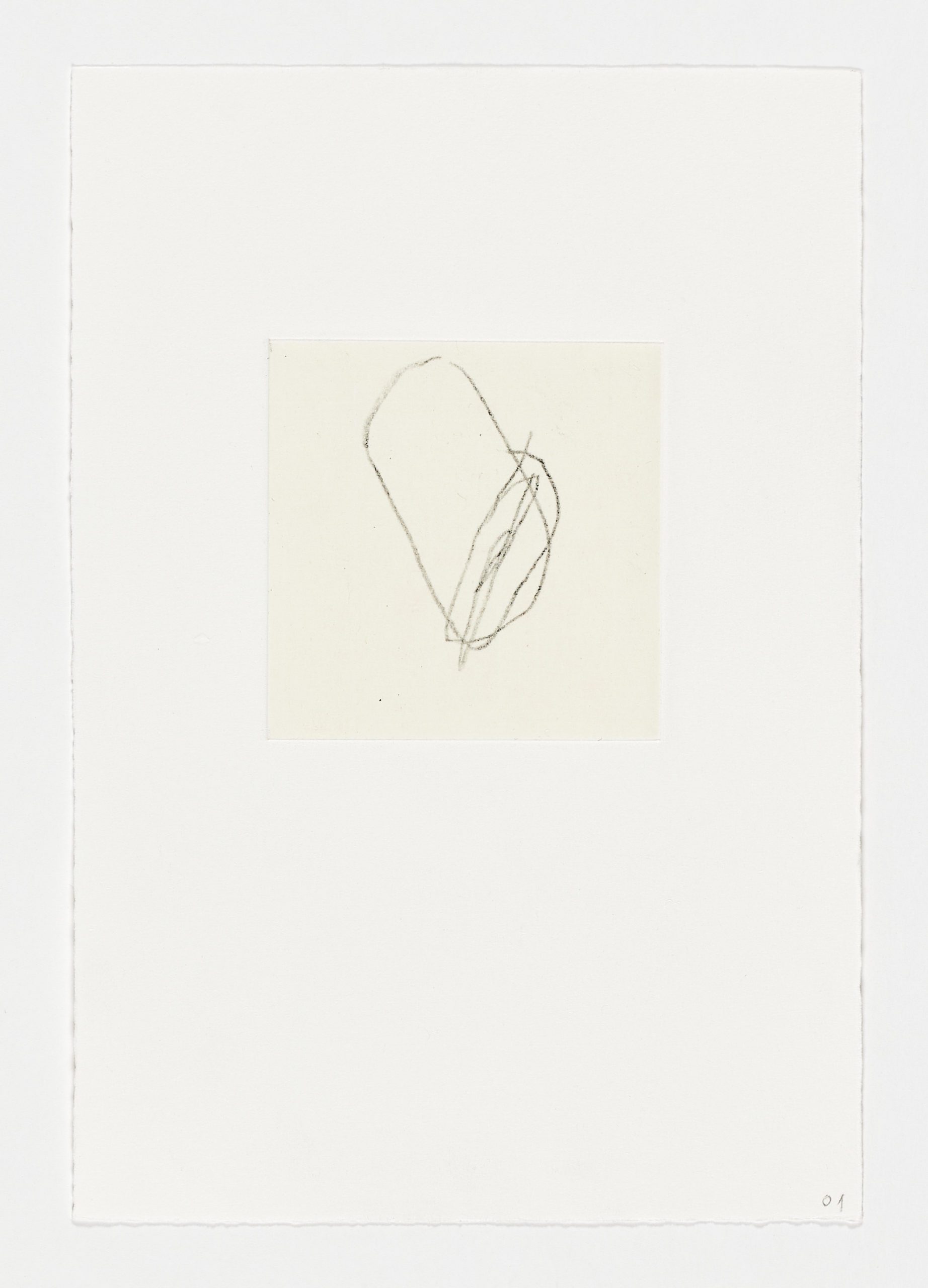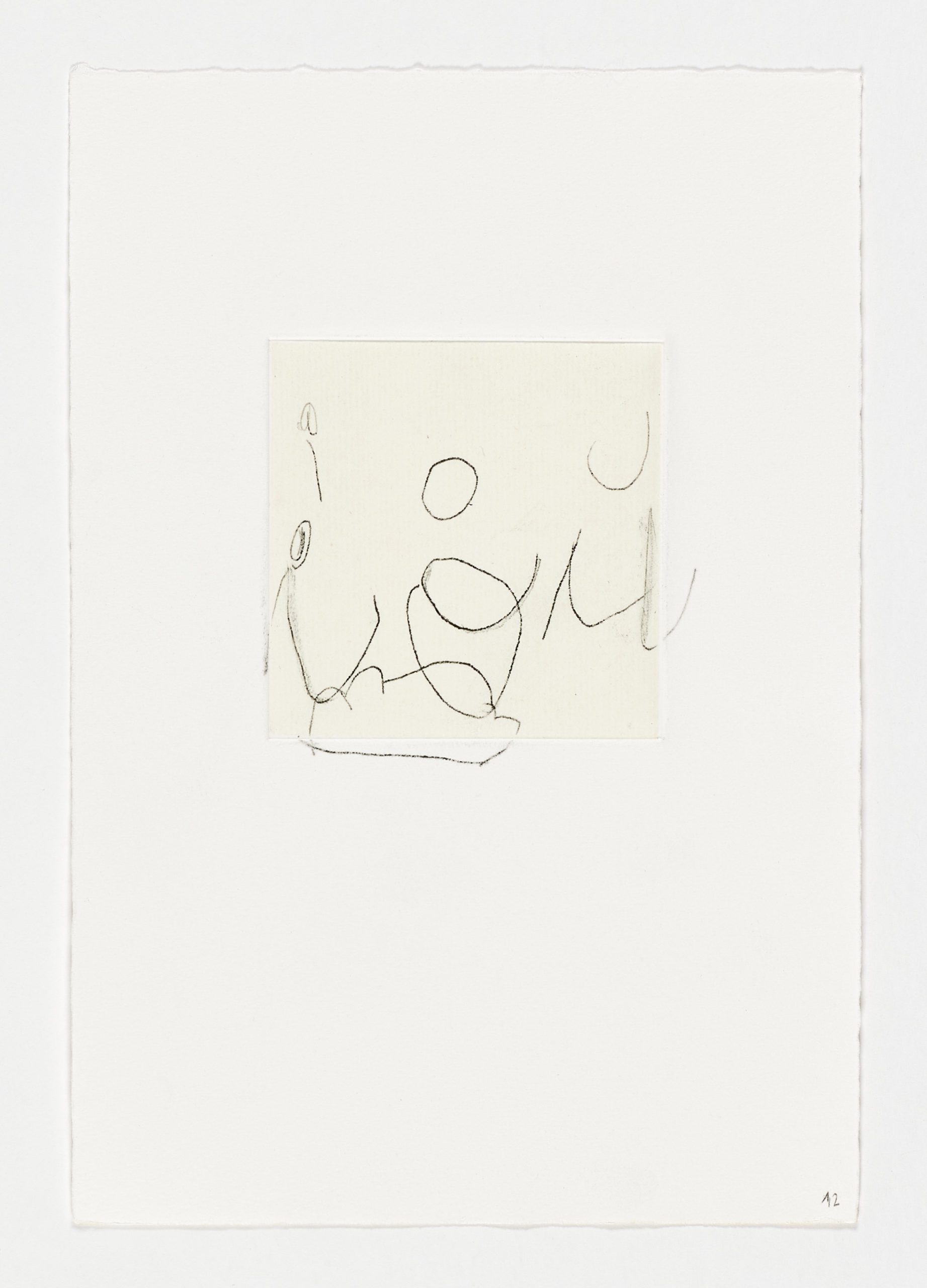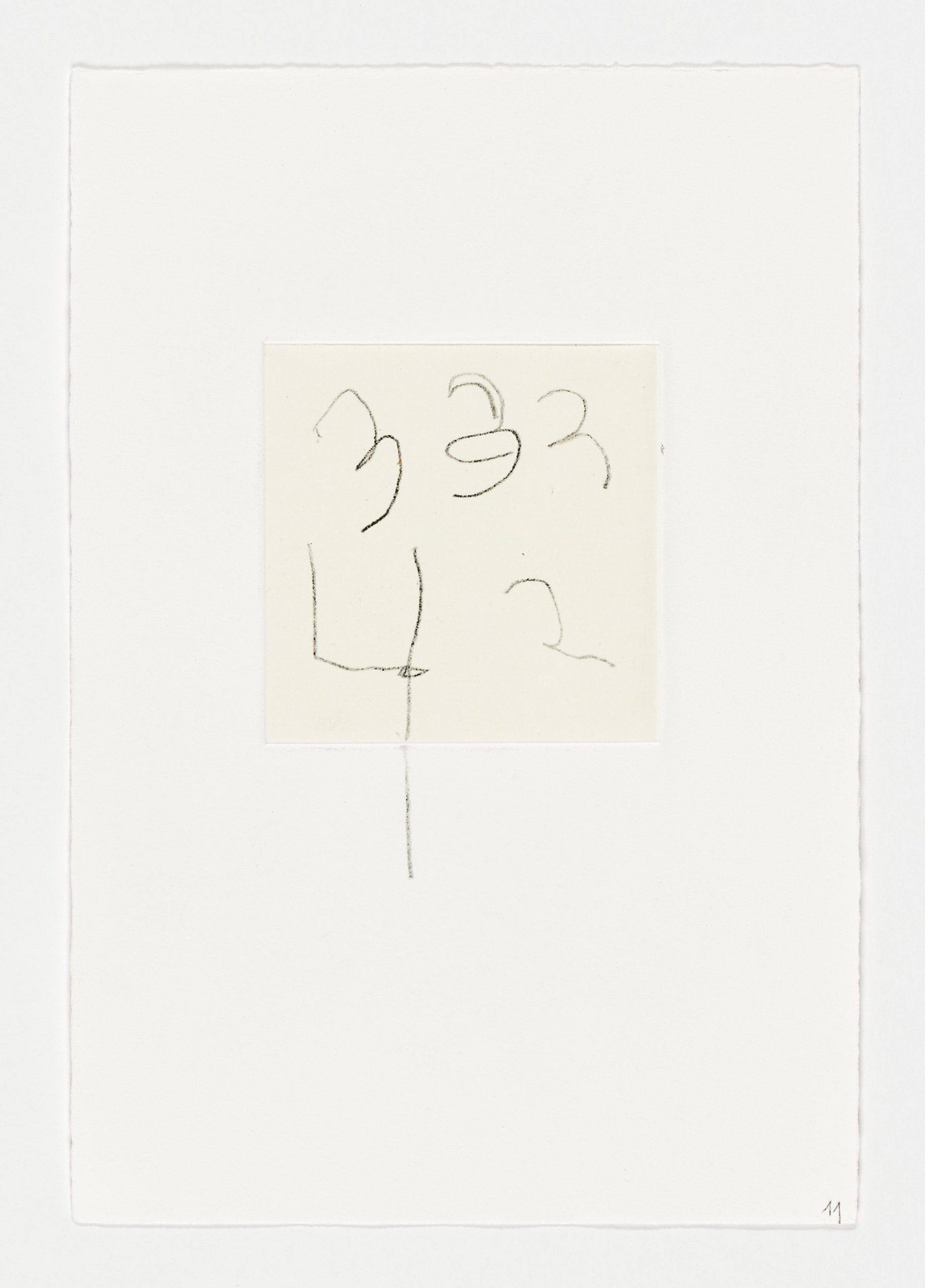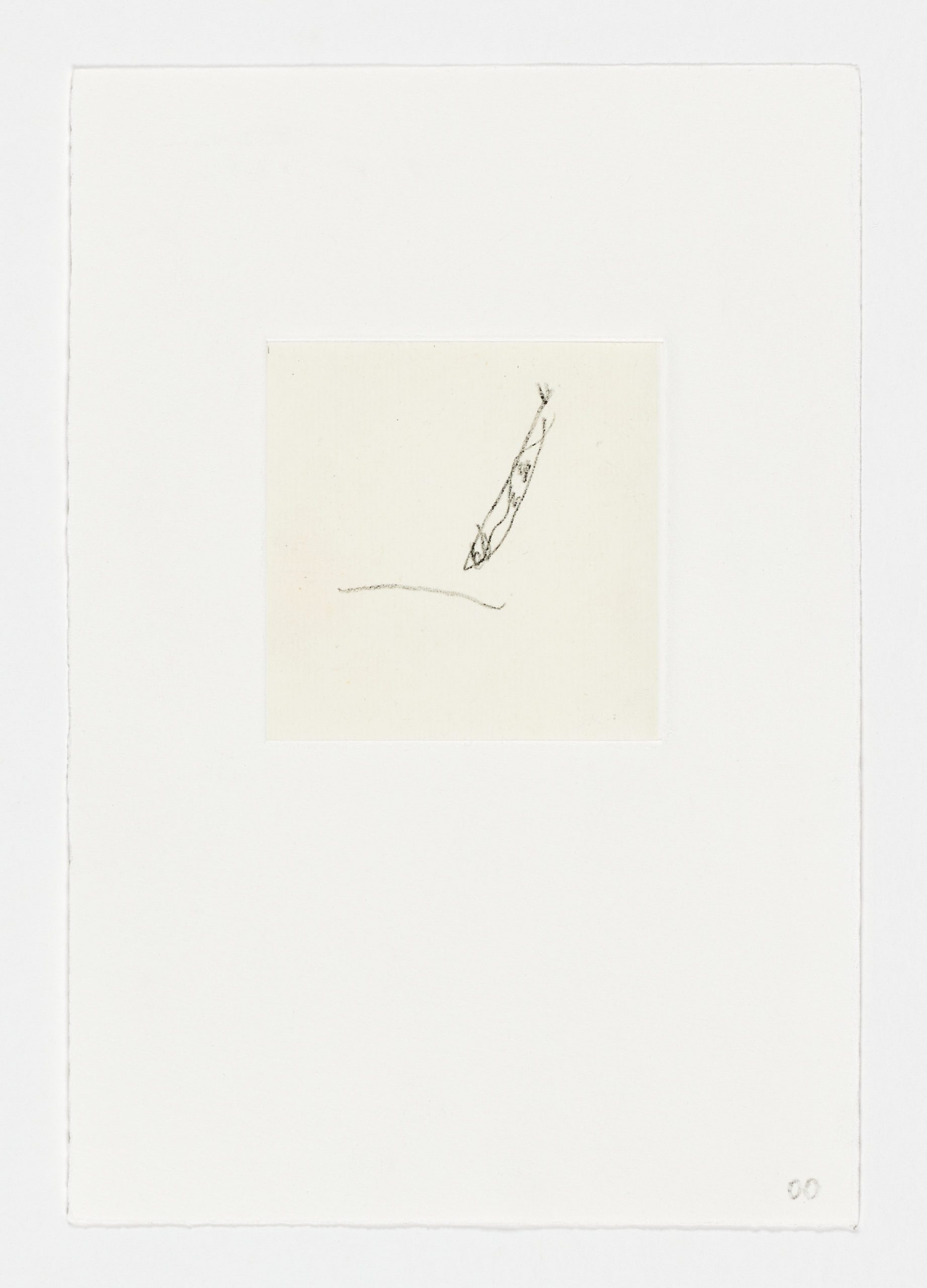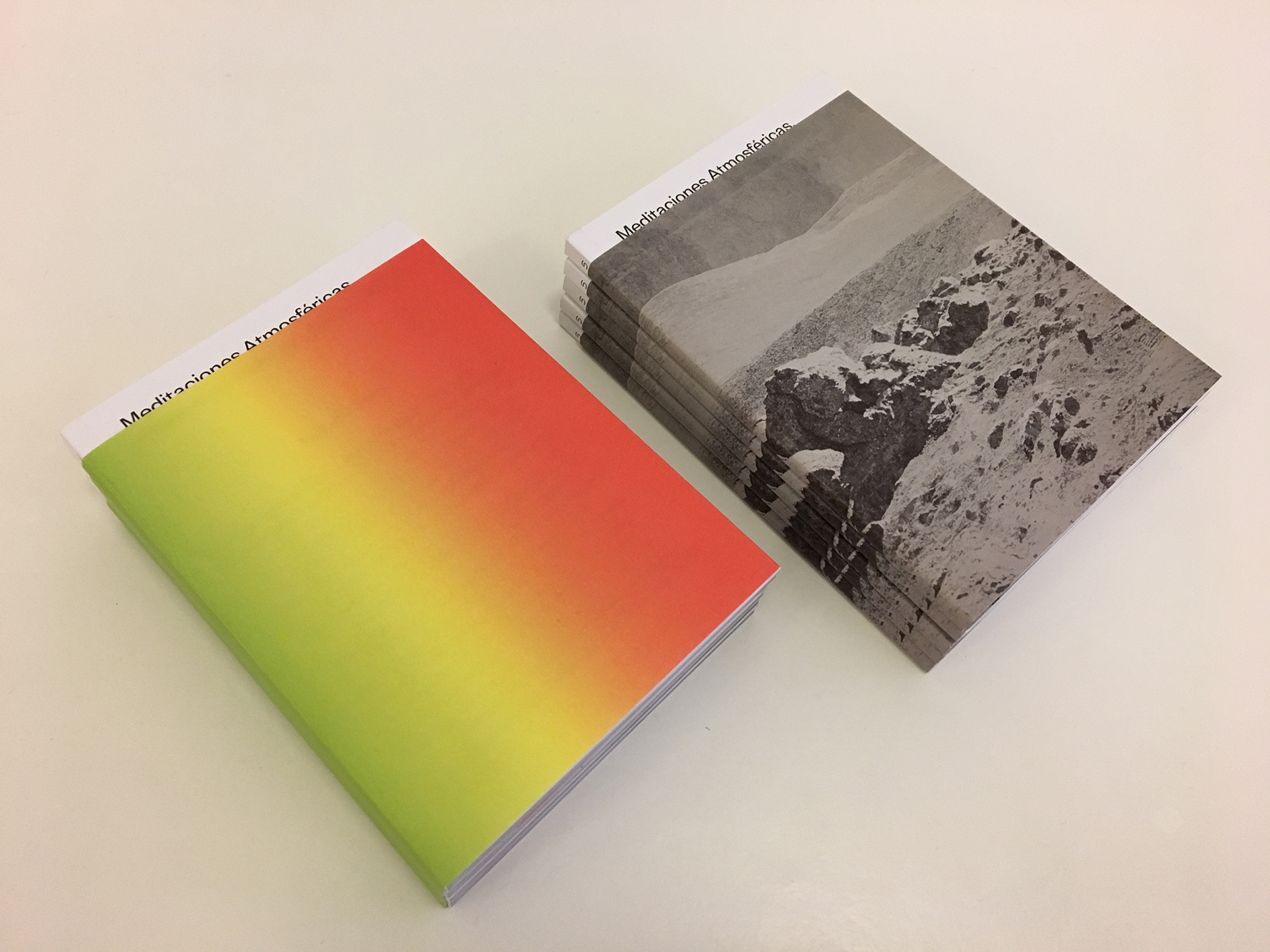Exposiciones /
LAURA F. GIBELLINI: LUNA DE BRILLO
05.06.2025 - 25.07.2025Luna de Brillo es un dibujo realizado sobre papel carbón en el que transcribo el título de una pintura hecha por Maya exactamente como ella lo escribió sobre el propio lienzo. Este título da nombre a la exposición y al libro que acompaña al proyecto en que se engloba esta investigación y que se titula Mayaútica (término acuñado por Ricardo Horcajada en un texto que da origen al proyecto).
Del griego μαιευτικός (maieutikós, maieutiké), mayéutica designa el arte de la matrona, partera o comadrona, y era el método utilizado por Sócrates para que, por medio de preguntas, el alumno descubriera conocimientos ya latentes en él. Mayaútica es el título de un proyecto artístico de largo recorrido, y Maya es el nombre de mi hija. Es, además, el nombre de una de las siete Pléyades, hijas de Atlas. Este fue condenado por Zeus a sujetar eternamente el peso del mundo sobre sus hombros. Tanto conmovió a Zeus el sufrimiento de las hijas ante el destino de su padre que las transformó en estrellas para que pudieran estar junto a él.
Mayáutica es, entonces, una exploración de los dibujos de mi hija Maya realizados entre los dos y los cinco años de edad, pero es, además, una investigación tanto sobre el acto de dibujar como sobre los propios mecanismos del dibujo. El proyecto se articula en distintas series, cada una de las cuales indaga en diversas facetas del dibujo como forma de conocimiento: desde el garabateo, pasando por la relación entre el dibujo y la escritura, su dimensión gestual, y su capacidad para expresar una energía vital que se despliega de forma casi tridimensional.
Luna de Brillo es una exposición y es un libro. Luna de Brillo es un estudio de la distancia, o su ausencia, entre las cosas.
– LFG
Appearances of Venus by Captain Cook es una serie de tres piezas que abren y, al mismo tiempo, cierran la muestra. Estas obras están realizadas sobre papel carbón, y son los mismos papeles que se utilizaron durante la elaboración de las piezas que conforman el cuerpo central del proyecto, es decir, aquellas que se encuentran en la exposición.
Estos papeles han sido posteriormente intervenidos, generando marcas que remiten al tránsito de Venus tal como fue registrado por el Capitán Cook. Se trata, por tanto, no solo de materiales de trabajo reutilizados, sino también de soportes en los que la imagen se construye a partir de la sustracción: los dibujos se hacen visibles por la eliminación de la marca, revelando así la ausencia como forma de presencia.
Este gesto me interesa especialmente, ya que muchas de las obras de este proyecto exploran justamente esa tensión: la de hacer visible lo que se sitúa en los márgenes de lo perceptible, lo que no es evidente, pero que remite de forma directa al hecho mismo —ya sea el acto de dibujar o la propia huella que ese acto deja en el soporte.
Eclipse 1764 es una pieza compuesta por dos cristales soplados y grabados al ácido, que representan uno de los primeros eclipses totales de Sol registrados, representado de forma esquemática y diagramática. Esta obra continúa una línea de trabajo en la que recurro al cristal como medio para explorar fenómenos cosmológicos que, aunque no pertenecen directamente a nuestro plano terrenal, inciden profundamente en él.
El eclipse funciona aquí como una metáfora del principio y del final, de la ocultación y la revelación. También me permite establecer una analogía entre el movimiento de los astros y los gestos de Maya al dibujar: gestos que, como los desplazamientos celestes, dejan huellas, marcas y trayectorias, y afectan a su entorno.
Sabemos que los eclipses no sólo inciden sobre las mareas, sino también sobre el comportamiento de los animales, de la naturaleza, y por extensión, sobre nosotros mismos. En ese sentido, estamos vinculados de manera esencial a estos eventos: son fenómenos que atraviesan lo biológico, lo simbólico, lo cósmico y lo afectivo.
En esta obra —como en otras anteriores realizadas también en cristal soplado— me interesa introducir elementos que no son exclusivamente del orden de lo visible o lo cotidiano, pero que sin embargo son fundamentales para comprender nuestra existencia y nuestro lugar en el universo. El eclipse, con su potencia simbólica y su efecto real, ofrece una forma de pensar en nuestra conexión con aquello que nos trasciende, con los ciclos que nos atraviesan aunque no siempre sean visibles.
Tránsito de Venus 1759 es una pieza realizada en cristal soplado y grabado al ácido, en la que aparecen dos diagramas que representan el tránsito de Venus observado ese mismo año, según los registros del capitán James Cook y del astrónomo Charles Green durante su expedición alrededor del mundo. Uno de los objetivos principales de ese viaje fue desplazarse hasta Haití con el propósito de observar este fenómeno astronómico.
El estudio del tránsito de Venus fue crucial pues ha permitido calcular la distancia entre los planetas, así como entre la Tierra y el Sol, con mayor precisión. Estos datos fueron esenciales para comprender la constitución del Sistema Solar y para avanzar en el conocimiento del universo.
Este tránsito, junto con el fenómeno del eclipse, me sirve como punto de partida para reflexionar sobre eventos que, aunque aparentemente lejanos o ajenos a la vida cotidiana, tienen un impacto profundo en nuestra forma de situarnos en el mundo. Estos fenómenos astronómicos nos conectan con algo que va más allá de nuestra experiencia inmediata, con una dimensión cósmica que trasciende lo íntimo y lo familiar.
A través de esta obra me interesa explorar el vínculo entre la observación científica y la experiencia subjetiva del estar en el mundo: cómo estos acontecimientos astronómicos nos permiten pensar en nuestra existencia no solo desde lo particular, sino desde una perspectiva más amplia, en la que nos reconocemos como parte de un todo mayor, un cosmos al que inevitablemente pertenecemos, que nos afecta y al que podemos afectar.
Rojo 190521, Azul 190521 y Negro 050621 son tres piezas realizadas en papel carbón sobre papel japonés, acompañadas cada una de una impresión digital. Aunque independientes entre sí, estas obras constituyen el punto de partida del proyecto Mayáutica.
Cada pieza parte de un garabato realizado por Maya cuando era muy pequeña. A partir de esas marcas originales, extraje y destaqué gráficamente todo lo que se encontraba alrededor de sus trazos, dando lugar a una nueva composición que visibiliza lo periférico, lo que normalmente queda fuera del foco.
Una vez definida esta composición, fue escalada al tamaño que tenía Maya al momento de realizar el dibujo, y posteriormente transcrita manualmente con papel carbón sobre papel japonés. El resultado es una imagen en la que lo visible no es la marca en sí, sino el espacio que la rodea —una forma de visibilizar la ausencia.
Cada una de estas piezas va acompañada por un pantone de color, extraído directamente de los dibujos originales de Maya. De este modo, el gesto infantil y espontáneo reaparece no solo en su huella indirecta, sino también a través del color de la marca original evidenciando un rastro emocional y visual.
Estas piezas, aunque profundamente íntimas y ancladas en un gesto doméstico, evocan a su vez a imágenes cósmicas: nebulosas, mapas celestes, formaciones del universo. Esa dualidad entre lo íntimo y lo cósmico, lo cercano y lo lejano, es central en esta línea de trabajo.
De hecho, esta exploración dio origen a la serie gráfica Mayáutica en azul, producida bajo invitación de la Fundación Banco Santander como parte de su programa Derivada. Una de las piezas de esta serie, Mayáutica en azul (dibujo), se encuentra incluida también en esta exposición.
En este conjunto de obras me interesa especialmente esa posibilidad de vincular un gesto íntimo, primigenio e inocente, realizado en un espacio íntimo, de confianza y cuidado, con la representación de algo tan vasto como el cosmos —como si una pequeña marca pudiera contener una constelación entera.
Diagrama 4, Contorno 3D es una pieza que surge a partir de la renderización de un dibujo plano, con el propósito de imaginar cómo sería si tuviera volumen. De esta operación resultan dos objetos: una impresión digital y una pieza en carbón prensado, donde el propio material del dibujo adquiere fisicidad, convirtiéndose en un objeto tridimensional.
Este paso del plano al espacio busca explorar la posibilidad del dibujo de constituirse como un objeto cognitivo: no solo como trazo sobre una superficie bidimensional, sino como una entidad capaz de ocupar y activar el espacio tridimensional.
En una línea similar, La medida entre —realizada también en carbón prensado y material aglomerado— es una pieza concebida a partir de la estatura de Maya en el momento de su realización. Aquí nuevamente el carbón, material de dibujo, se transforma en un cuerpo, en un volumen, en un objeto que existe en el espacio.
Diagrama 1, Contorno 3D sigue este mismo proceso: otro diagrama, otro dibujo, es sometido a una operación de visualización y modelado tridimensional. El resultado es una especie de objeto monolítico, críptico y denso, cuya forma puede resultar difícil de descifrar, pero que remite de manera directa al dibujo original del cual proviene.
La serie Post-it está compuesta por una serie de dibujos que emulan precisamente las conocidas notas adhesivas del mismo nombre. Se trata de piezas realizadas a partir de un chiné collé, en las que se han adherido fragmentos de papel de 3 x 3 pulgadas, imitando el formato característico de los post-its.
Sobre estos fragmentos, utilizando lápiz litográfico, he reproducido dibujos, garabatos y notas que Maya me ha ido dejando a lo largo del tiempo. Suelo referirme a estas obras como “falsas litografías”, ya que imitan tanto el proceso como la apariencia del grabado litográfico, aunque en realidad se trata de dibujos hechos a mano.
Este juego entre lo que parece y lo que es me resulta especialmente interesante, ya que remite a la idea de reproductibilidad de la imagen y a la posibilidad de repetir —o reconstruir— algo que, en principio, es único.
Perro de paseo es una pieza realizada en colaboración con la Real Fábrica de Tapices de Madrid, y combina dos técnicas textiles que rara vez se emplean juntas: el tapiz tradicional y el nudo turco, este último comúnmente utilizado en la confección de alfombras. La obra integra un dibujo de Maya con uno de sus primeros escritos, que es la transcripción de una nota y en la que, por primera vez, aparece la grafía como una forma de expresión.
Sin embargo, esta aparición de la escritura no responde aún a una lógica textual convencional pues las palabras se disponen en el espacio de forma no secuencial y su constitución está más próxima al lenguaje del dibujo. Esto se evidencia en la disposición de las letras, que no siguen un orden lineal sino que ocupan el espacio según criterios visuales o intuitivos, conforme a lo que la niña percibe como adecuado en cada momento del trazo. Este tipo de disposiciones me interesa especialmente porque evocan los primeros gestos gráficos en el desarrollo infantil, aquellos momentos iniciales en los que la escritura aún no se rige por una lógica lineal.
Esta pieza representa además una de las primeras exploraciones en las que comienzo a investigar la fisicidad de la línea en el dibujo: cómo la línea del lápiz puede transformarse en hilo, y cómo ese hilo puede tejer, construir y dar forma a una materia que se aleja del plano del muro para proyectarse en el espacio tridimensional. Es, por tanto, una reflexión sobre cómo el dibujo puede adquirir cuerpo, volumen y textura, desplazándose de lo gráfico a lo escultórico, sin perder su cualidad gestual y expresiva.
YMAA es una pieza realizada con tubo de neón que representa las letras del nombre «Maya», aunque dispuestas de forma desordenada. Esta secuencia corresponde a la transcripción de la primera vez que Maya escribió su nombre, reconociéndose a sí misma en estos cuatro caracteres. Es evidente que, en ese momento, como ocurre en el aprendizaje de la lectoescritura, Maya aún no comprendía la importancia del orden de las letras para construir un mensaje legible.
Esta noción de orden lineal —la idea de que una secuencia específica de signos genera un significado preciso— me resulta particularmente interesante para contrastarla con una concepción más amplia y holística del dibujo. A diferencia de la escritura, que opera de forma secuencial, el dibujo permite establecer conexiones multidimensionales; no sigue una lógica lineal, sino que abre un campo de relaciones donde los diferentes elementos pueden conectarse de manera no explícita ni necesariamente coherente desde un punto de vista gramatical o sintáctico.
Con esta pieza —y con otras en las que también aparece la escritura— me interesa explorar precisamente esta tensión entre lo que implica escribir y lo que implica dibujar. La elección del neón responde a una investigación sobre la línea en el dibujo, y a su posibilidad de extenderse más allá de la bidimensionalidad del papel para habitar el espacio tridimensional. El tubo de neón, por su propia naturaleza, no solo ocupa volumen, sino que además emite luz, lo que intensifica su presencia.
La cuestión de la luz es, de hecho, central en otras piezas del proyecto, como Eclipse 1764 o Tránsito de Venus 1759, realizadas en cristal, donde la iluminación resulta indispensable para que las obras sean completamente visibles y apreciables. A su vez la transición del dibujo a la escritura—es decir, la evolución de una gestualidad libre hacia una concepción temporal y ordenada del lenguaje escrito—y desde lo tridimensional hacia lo lineal, es uno de los ejes fundamentales de mi investigación.
Almendrita es una serie de dibujos en gran formato en los que transcribo ilustraciones realizadas por Maya del cuento del mismo nombre, Almendrita. Estos dibujos, que representan distintos fragmentos del relato, son luego reinterpretados aplicando las leyes de la perspectiva cónica —el sistema de representación visual propio de la tradición pictórica occidental—.
A través de este procedimiento busco subrayar cómo el gesto contenido en una marca —en este caso, el dibujo— no es simplemente plano, sino que puede entenderse como un gesto tridimensional. Es decir, el acto de dibujar puede concebirse como un movimiento que se despliega en el espacio y no sólo sobre la superficie de un papel.
Esta concepción del gesto como algo espacial será clave en el desarrollo de los trabajos que componen esta investigación, y me permite establecer una analogía entre los movimientos y gestos de Maya al dibujar y los desplazamientos de los cuerpos celestes en el universo. Me interesa, por tanto, vincular la energía vital que se manifiesta en el dibujo de Maya con la energía cósmica, expresada en fenómenos astronómicos como los eclipses y los tránsitos. Estos eventos —en los que el Sol es temporalmente ocultado por la Luna o por Venus— son fundamentales para el conocimiento de nuestro planeta y del sistema solar: permiten medir distancias entre los planetas, calcular dimensiones, e incluso entender mejor la estructura de las galaxias.
Desde una perspectiva metafórica, propongo así una relación entre un gesto aparentemente inocuo, como un trazo infantil, y otro gesto igualmente sutil, como el tránsito de Venus o un eclipse. Ambos, aunque puedan resultar discretos o espectaculares, poseen una profundidad y una significación que trascienden su manifestación inmediata.
Para adquirir el nuevo libro ‘Luna de Brillo’ aquí
Catálogo completo de la exposición aquí
